BLOG
|
Since starting at a new university in September, I have been very busy and slightly neglecting my sewing. However, it has still been in my thoughts, and I haven't abandoned it completely! The last 10 days of September were a whirlwind of excitement since I had my small collections from the Future Oceans fashion show in a pop up boutique. It was so fun to see my garments being displayed in a storefront, and the area that we were given to show our clothes was absolutely stunning. I am still so grateful that I was able to be a part of that, even just to see what it looks like to have my eco couture for sale in a mall (it was a pinch me moment). I also did sell a few pieces through the 10 days, so the past few weeks I have been altering my patterns to fit the customers measurements, printing custom fabrics, and sewing the dresses. Luckily, my university has a maker space with an industrial sewing machine, so that part was easier than I thought that it would be. Since making the orders for my Future Oceans dresses, I have been hit with inspiration. This is also thanks to my classes, since I am writing a research paper about the Chemise a la Reine (which I'm sure I will make a version some day, since I've been fascinated with them for ages). Doing the research on clothing in the late 18th century has been giving me so many ideas. I thought that I would talk about some of those tentative ideas here. Up first: a Robe a la Francais, also known as a Sacque Back Gown. I have been in love with these gowns since middle school, when I saw a photo of one on pinterest. These gowns have such a unique construction method, and if they done properly they are absolutely stunning (at least in my opinion). It would be so much fun to chose the decoration for this type of dress as well, which makes my decision to make one even easier. I am planning on draping it myself using the instructions from the American Duchess Guide to 18th Century Dressmaking. Another gown that I have been desperate to make for a few years now is something inspired by Crimson Peak. I loved Lucille Sharpe's costumes throughout the movie (the red and navy dresses in the above photos) since I love the natural form era (late 1800s). I am also a sucker for beautiful yet morbid things, so these costumes are right up my alley. I don't want to copy any of the dresses from the movie, but I would like to make something inspired by them. Other than that, I have other ideas swirling around in my head but I'm not sure how much time I will have for sewing, and since both of these ideas are pretty big (I would need to also make specialized undergarments to go under them, so that will add quite a bit of work) I think that they will take a pretty long time.
Thanks for reading! ~K
0 Comments
We made it! This is my last details post of my eco couture collection that I designed, drafted, and sewed for the Future Oceans Fashion Show that was held in Victoria, BC on Canada Day (anyone sick of hearing about this event yet?). If you want to read and see more about the event and the other garments that I created for it, you can check it out here. For the sake of not repeating myself a million times and making each post longer than necessary, I'm going to assume that you know about Future Oceans and go straight into talking about the last two garments in my little collection. The first dress I'm going to talk about today is the first dress that I actually created for the show. I designed all of the dresses in the winter, but I didn't start patterning or sewing any of them until May. I'm not sure if I was procrastinating or if my reasoning is solid, but I chose to avoid creating any patterns until I got the fabric in. I bought my fabric from a sustainable material brand that is run out of Canada, but it still took a bit for the fabric to arrive. It was insanely exciting when it did come in, and I was hit with lots of inspiration to pattern draft after I saw it. The 1960's dress was an easy pattern to make, which is why I started with it. I wanted to ease myself in a bit, and this was a great way to do it. It was also pretty simple to sew, since it's such a simple silhouette. This dress is made out of organic cotton sateen (for the yoke. This is the same sateen I made the 1940's dress out of) with a sustainable linen. This linen is so floaty and wonderful to prance around in. The entire dress is lined, and it features pockets hidden in the side seams. The linen is hand stamped, like almost all of the other garments in my collection. I was inspired by trapeze dresses from the 1960's. It was an added bonus that this shape of dress is very easy to fit to different shapes and sizes, so it was very easy to find models to fit it for the show and the photoshoot the next day. I used to hate 1970's fashion. I can now admit that I absolutely love it now. Blame Wes Anderson. Opposite of the 1960's dress, this is actually the last dress that I made for the show, and it was designed about 5 minutes before I made the pattern for it. The original collection was supposed to start at the 1930's and go to the 1960's, so this dress and the 1920's one were last minute additions when I realized that I had extra time and material on my hands. This dress was quick, dirty, and fun to make. The drafting of the pattern was relatively easy and so was putting it together. Printing the pattern on it was tons of fun as well since I got my mom to make me a special stamp for it (my mom is the one who creates all of the stamps that I use to print my fabrics). The pattern is paisley and turtles in a coral on blue cotton gauze. I loved working with the fabric when I used it for the 1950's dress, and it takes fabric ink really nicely. When I thought about making a dress inspired by the 1970's I was torn between making a maxi or a mini dress. The choice was made purely out of convenience in the end - I wanted it to have puffy sleeves, and if I wanted enough fabric to make that it had to be a mini. I had so much fun making this dress, and I'm thrilled with how it turned out. Both of these dresses are currently for sale at the Future Oceans Boutique at the Victoria Bay Center and online at the Future Oceans website! You can order either one of these dresses or a skirt (check them out here) and get it made to your measurements! Thank you for your support!
~K Last week I focused on two pieces that are a part of my eco couture collection for Future Oceans. If you want to read more about Future Oceans (the fashion show, the garments I made for it, or some of the process while I was preparing for it) you can see more here. This week I wanted to look at some of the detail and design process for the dresses that I made that were inspired by some of the best decades in fashion - the 40's and 50's. I have always loved the fashion of the 40's, and I've already made quite a few pieces inspired by the era. The thought process behind this dress included much more than just what design elements I liked from the era though, since I had to take into account what type of fabrics were available for me to use, how much time I had to make it, and what kind of shape would be the most convenient to make when I wasn't sure who was going to be wearing it. One of the most difficult aspects of designing and making garments for fashion shows is not knowing who exactly is going to be wearing them. Quite a few of the pieces that I chose to make for fashion shows have been designed to be more suitable for many different shapes, and sometimes sizes. This dress was one of the later pieces that I added, meaning that it got tacked on after I finished most of the other ones. I had some time and the material to make something else. Originally, I wasn't sure if we would have time to show it in the actual fashion show, so it was a backup that I might have worn behind stage. We did end up having the time for it, and I'm so glad because I was thrilled with how it turned out. This dress is made using an organic cotton sateen with a tiny bit of stretch to it. Having that stretch made it much easier to fit to multiple different models for the show and the photoshoot the next day. I chose not to have sleeves in the design, since sleeves can restrict who can wear it and make the sewing process much longer. I adore the apron style dresses of the 40's, so I based my idea off of those. I simplified the idea a bit, and I love how it looks. The cotton sateen has a gorgeous sheen to it, and I'm glad that I didn't add any of the ruffles that are often on 1940's apron dresses. It's finished with buttons on the crossover back and top stitching. The fourth dress was the first one that I designed way back in January. This is a 1950's inspired summer dress with a front button closure and a tiered skirt. I made a dress that had a bit of a similar style for my Summer 2018 collection that I got photos of in Drumheller (see photos here), and I thought that it was so flattering that I wanted to use that silhouette again. This dress is sleeveless for ease of fitting, has darts and gathering to shape the bodice, and has a fully lined bodice. The hem is hand printed in coral to tie it in to the colour scheme that the rest of the collection has. The silhouette of the 1950's is absolutely iconic, and so flattering to pretty much every single shape and size. I wanted that, but I also wanted my design to be a little bit different from the classic shape that most think of when they think of the 50's. I also wanted this to be the sort of summer dress that was comfortable and easy to wear. I used an organic cotton gauze for the dress, and the fabric was an absolute dream to work with. It ironed great and is soft on the skin. The dress is finished with hand made clay buttons. I was so spoiled in Victoria for the fashion show and all of my pieces were photographed by professional photographers the day after the show. If you want to see some of those, check out my instagram here. I will also be posting some of them here once I compile enough of them. Next week will be my last details post of the 1960's and 1970's dresses from my eco couture line. Stay tuned! ~K
As I promised last week, here is the first detailed post about my eco couture collection for the Future Oceans fashion show that took place in Victoria, BC on July 1st. If you haven't heard about this before, or would like to learn more about the Future Oceans Fashion Show, you can see my other posts about it here. The first garment that I designed for the collection is inspired by the 1920's (which is one of my favourite decades of style). This dress is a drop waisted gown with a deep V back, knee-length handkerchief skirt, and bloused top. The side panels in the skirt are hand printed by me on a TENCEL twill, which is a sustainable material that I got locally, through a Canadian company. The waistband is an organic cotton sateen. This entire dress is lined and is finished with top stitching. I've always enjoyed the aesthetic of the 1920's, but the shape can be difficult to get and make it look nice. The drop waist style can be really unflattering on a lot of shapes, depending on how it's being accomplished. I spent a lot of time on pinterest looking through extant garments from the era, as well as some modern interpretations of them (from movies and tv shows like Peaky Blinders and The Great Gatsby). None of the garments in this collection are meant to be exact replica's of dresses from each era, but more to harken to each decade. Some of my favourite dresses from the 20's have low backs, so I wanted to make sure to include that in my design. I also love the extra panels that flare out when the wearer is walking. The TENCEL twill has a beautiful drape to it, so I used it for both the 1920's and the 1930's inspired gowns. The second dress is inspired by the 1930's. This dress has a boat neckline with a deep V back, wide waistband, pleated over skirt, and thin belt. It's entirely made out of the TENCEL twill, so the whole thing is soft and has a wonderful drape to it. All of the peach sections are hand printed by me. Drafting the pattern for this dress was a fun challenge, as was figuring out how to put it together while also making sure that all of the edges were nicely finished. It took me the better part of an afternoon to draft the entire pattern, and I'm pleased with how it turned out in the end. The bodice is fully lined. The shaping in the bodice is created from two pleats at the waist on the front, and the back pieces are gathered and meet at the waistband to create a deep V. The under skirt is just a regular straight skirt, similar to what a skirt sloper would look like. I ended up just draping the over skirt instead of patterning it so that I could get as much fullness as I wanted. The hem is shaped to be longer at the back. I loved designing these garments, as well as all of the other ones in the collection. Next week I will focus on the dresses styled like the 1940's and 50's!
~K Last month I was lucky enough to be a part of the Future Oceans Fashion show, which was held at the Victoria International Marina in British Columbia on Canada Day. I had an amazing trip (which you can read more about here) and enjoyed working with Future Oceans so much. Future Oceans is a company that focuses and Eco Friendly fashion, which is something that I am very passionate about. The fashion industry is a huge polluter, and knowing that made me lose some of my passion for my sewing. This opportunity came at the perfect time, and I loved the challenge of trying to make beautiful garments that are as eco friendly as possible. I have some very exciting news about the next step with Future Oceans: I will be having 'Fashion on Demand' garments at the Future Oceans Boutique in the Victoria Bay Center through September! The Fashion On Demand will be four pieces that I will be making to measure for anyone who orders one. Each garment was inspired by a different era and hand stamped by me. This first one was inspired by the 1920's, with a low waist and deep V back. Garment number two was inspired by the 1930's. This also has a deep V back, as well as a gathered over skirt. This was the only one that I didn't stamp, and was a bit of a last minute addition to the collection. This is inspired by a 1940's apron dress with a crossover back. Inspired by the 1950's, this dress has a front button closure and a tiered, mid calf length skirt. This is the first dress that I made for the show, and it's also the most comfortable one! I looked to the 1960's to design it, and it's finished with side seam pockets and is fully lined. And the final garment in my Eco Couture line is this 1970's styled mini dress, complete with puffed sleeves. This is just a sneak peak of each of the garments I made for the show, so keep tuned for more photos and information!
~K The day has finally come that I can talk about the Future Oceans fashion show and the pieces I made for it! I have been waiting as patiently as possible to show what I've been working on, and I am so excited to show the pictures that I have from this weekend. There were some incredible photographers at the event as well that I will be showing photos from as soon as I am able to. Before I talk about my designs at the time that I spent in Victoria, I want to talk about the reason for this show. Future Oceans partnered with the Victoria International Marina (where the show was held), Natural Talent Alliance, and the Ocean Legacy Foundation. The point of the show was to give a platform to ocean conservation in the fashion industry. The fashion industry is the second largest polluter, and by bringing attention to it and giving people an alternative we are taking the first step to turning the Fashion Industry into something that is more earth friendly and thoughtful. Learning about how terrible the fashion industry is on the environment was making me lose my faith in something that I really love. Being a part of this helped me get excited about it again. I hope that this show will help in getting people and brands to think twice before choosing certain fabrics The event started on Canada Day with the ribbon cutting for the Victoria International Marina. There was live music, performances by the Nanaimo Contemporary Ballet, and the fashion show. We had so many incredible people working together to make this a reality! I created 6 Eco Couture pieces inspired by different eras and 1 Art Dress. The Art Dress was created from garbage that was fished from the ocean. The Eco Couture pieces are all created from eco friendly fabrics from KenDor Textiles, a Canadian company that specializes in environmentally and socially responsible fabrics. I will wait to talk about the design process of each of my pieces for when the photos come back and you can actually see them in detail (all of these photos are just from my phone), but for now, here are some travel pics! I was in Victoria for 3 crazy, hectic days that were filled with fittings and photo shoots. The first day I spent almost entirely at the Marina (which is a stunning building) getting ready for the show. We had an amazing lunch at Spinnakers (Canada's first microbrewery), and spent the rest of the day planning and prepping. We were housed in the most amazing Bed and Breakfast called Abbeymoore Manor. It's an old house with beautiful rooms, the best breakfast I've ever had, and really friendly staff. The next day that I was there was Canada Day, meaning the day of the fashion show! I've been working on this for 6 months, so it was like a dream to be there. Luckily enough, the designers weren't needed until noon so I had all morning to myself. I ended up going for a walk to the Craigdarroch Castle, which was a 5 minute walk away. The castle was built in 1890 by Robert Dunsmuir, who passed away before it was finished. His wife, Joan, lived there until her death in 1908. During WW1 it was used as a military hospital, and after that it was used as a College, Conservatory, School Board, and now a museum. We were able to use a beautiful yacht, the Ascente, as our backstage. They were extremely generous with us and the space was the nicest backstage that I have ever worked in. This was definitely a trip of a lifetime. The last day that I was there was photo shoot day! And boy, did we have some really incredible places to take pictures in. While a group of people went to get photos at the ocean, I went with another group to the Government House. I can not wait to get all of the photos back from the 2nd because not only are the photographers fantastic, but the locations were some of the prettiest places I've been to since Germany. The last location of the day was Hatley Castle, which some of you may recognize from movies such as X Men and Deadpool. Everyone here was also so accommodating for us and we were able to go everywhere on the extensive grounds to get photos. If you aren't from Canada, you might not understand how exciting it is to find 2 castles, but in Canada it is very rare to have such old and beautiful architecture. I can't wait to show you my pieces in better detail, but in the meantime I hope you enjoyed a bit of a behind the scenes of my time for the Future Oceans Fashion Show! ~K
I have been taking videos of a lot of my progress while I have been working on my collection right now, and before taking a video I always take a quick picture to make sure that it frames everything I want it to. I ended up with a bunch of photos of my workspace, and I found it interesting to see how I set myself up without even realizing it. It was also interesting (for me, at least) to see all of the places that I work on projects. Here is a peak at where I work on different parts of my projects. 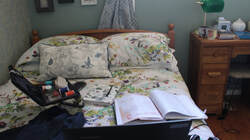 I often work on my bed when I am hand sewing. I love watching movies, and it's fun to watch something while doing some hand work. I also have a habit of watching the same movies over and over again, which is why I watch them in my room and not in the living room (to save my poor parents from hearing the same movie a million times). I need a lot of space for pattern drafting, so I take over our dining room table for it. I normally start out with a tidy and pleasing work space and always end up with a very cluttered one. Pattern drafting is not my favourite thing to do, but I have grown to appreciate the way it works, and it is satisfying to end up with something made completely from scratch. Most of my time is spent in my studio since that is where all of my supplies, my sewing machine, and my serger are. It's also nice to have a space where I can leave everything set up exactly how I want it to continue working the next day. It is usually pretty crazy while I'm working on a project, and I tidy in between. While I print fabrics I take over the dining room table again. It takes up a lot of space just like the pattern drafting. I also cut on the dining table, although I prefer to cut the smaller pieces on the floor of my studio. Printing the fabric is a pretty messy process, so I have a plastic table cloth to put down before I start. ~K
Since learning about the Fashion Industry through my Textiles course in design school, I have been far more aware of the effect I have on the world. Working with Future Oceans has just added to my desire to make my footprint as small as possible. The fashion industry is the second largest polluter in the world, only beat by the oil industry. One of the largest issues with the industry is fast fashion- all of the companies that make clothing as cheaply as possible and make in bulk. This clothing is meant to last for one season, then be thrown out. That process causes a lot of stress on the environment. Almost every step of creating clothing in a factory is terrible on the environment, such as dyeing (fabric dye is highly toxic and difficult to clean out of water since it is made to last through everything) and cutting (since a great deal of fabric is wasted and thrown out from not being cut carefully). While large companies run like this, there isn't a ton that we can do. The good news is that there are things that are easy for us to do that can help! I'm sure most people have already read so many things about this since sustainability is such a buzzword right now, but I thought that I would add my take on it. Feel free to add any more ideas that you have in the comments below! #1 - Don't Throw Away Old ClothingIt's not helpful to keep old clothing that you don't wear anymore, but you don't have to throw it out. Donating pieces that you don't wear anymore because they don't suit you are don't fit anymore is a great way to feel really good about yourself and help others, while decluttering your space. If it has been too well loved and can't be donated, sometimes clothing can be re-purposed. Flannel shirts can be cut up and are great for cleaning mirrors. Buttons can be good to keep for crafts, and sometimes keeping strong parts of a garment makes a good patch for kids clothing. #2 - Make Do and MendSometimes well loved clothing gets holes in it. Especially since most clothing that is made in factories isn't made very well - buttons come off easily, seams split open, and hems come undone. All of these problems are really easy to fix with a needle and thread and a few minutes. I'm terrible for letting my mending pile get pretty big before doing anything about it, but each fix is fast and can be done in front of the TV. If you don't know or want to sew, most dry cleaners will do simple mends for you, or you might be able to find a local seamstress or fashion student who would be happy to do it. If you want to learn how to sew, there are tons of videos on Youtube teaching simple knots and stitches that you can follow along to. #3 - Research Where Your Clothing is Coming FromThis one takes a little bit more time, but it always pays off in the end. Doing a quick search on the brand you like to buy is a good way to either set your mind at ease or tell you that maybe you should find a new brand. Brands that use sustainable fabric, make their products in Canada, or do anything else to help usually market it on their website so it's easy to find. If they have a sinister background, there are often multiple posts about that if you google them. You don't always have to buy from an expensive brand to be choosing well, there are a lot of cheaper brands that are joining the bandwagon and either produce all of their clothing sustainably or have an ethical line. It also doesn't have to be difficult to find - for example, Mountain Equipment Coop is well known for their initiative for reducing waste, water, and carbon emissions during their process. #4 - Only Buy What You NeedWhen it comes to being kinder to the environment, buying less is always helpful. This doesn't mean that you have to live off of a capsule wardrobe (although if you do that's great!), but just think through something for a day or two before you purchase it. Taking even an hour to think through a purchase before buying it really helps with deciding whether it's actually something that you would use versus just something you really like but won't wear after the first week. To help me decide if I would actually wear something often enough to justify buying it, I think about my other clothes and decide whether or not they would go together. If the colour/cut/style doesn't work well with my other clothes I'm far less likely to wear it. I left this tip for last because it's the most expensive. This one isn't necessary obviously (well, none of them are), but if you want to spend a little bit more for a nice piece that you would like to have for a long time, this is the way to go. All of the previous tips are easy to do cheaply, but often when buying from smaller brands or more couture labels, you do have to pay more. The positive to this is that if you do have the money and are willing to spend it, whatever you get will last forever and some brands even will mend them for you if anything happens. How is this good for the environment? There are multiple things that are great - by having a piece in your wardrobe that's well sewn that will last forever you are saving a lot of money long term as well as fabric by not having to re-buy it. Also, these smaller brands or items from local seamstresses are usually made either in small quantities or made to order. That means they save fabric, choose better quality fabric, and use less equipment (meaning less energy). Another pro for this is that you know the artisan who made what you are wearing was payed a fair wage to create it. I am a huge advocate for supporting artists, and even if you aren't able to purchase something from them, just sharing their work or spreading the word is incredibly helpful Do you have any other tips for keeping you wardrobe sustainable?
~K I was lucky enough to be chosen as one of the 10 designers to create a small ready to wear collection and one art dress for a fashion show that will take place on Canada Day in Victoria, BC, at the Victoria International Marina. I had so much fun coming up with the design ideas since I could do whatever era's and whatever styles I wanted to, as long as I used eco-friendly materials to make them. I am currently working on the ready to wear pieces and having a great deal of fun playing around with the materials and designs. So far I have gotten all of my fabric through KenDor Textiles, which is a Canadian company that specializes in eco-friendly and sustainable fabrics. I have so far printed two of the fabrics, drafted two of the patterns, and cut out those two dresses so they are ready to be sewn together. Once I got my fabrics in, it has all been coming together pretty quickly! I can't wait for the actual show so I can show everyone exactly what I have been working on, but for now here are some sneak peaks! If you would like to hear more about V.I.M. Future Oceans, you can check out their website here, Instagram here, and their Facebook page here. ~K
|
EtsyArchives
April 2020
Categories
All
|
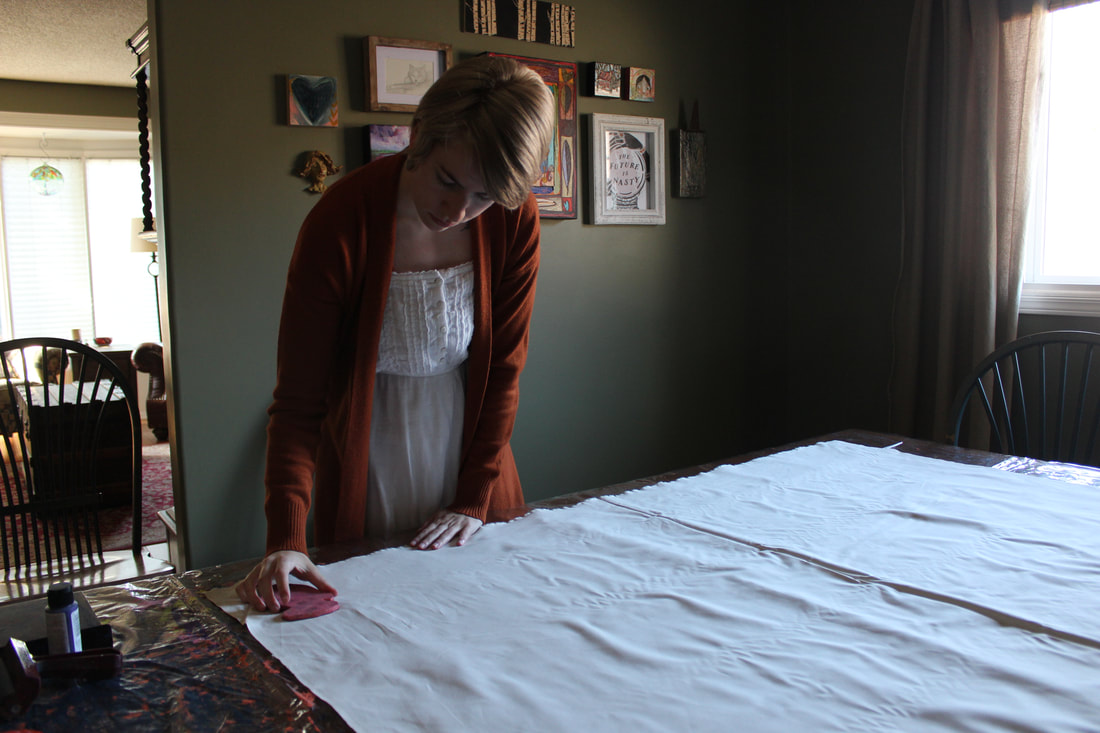
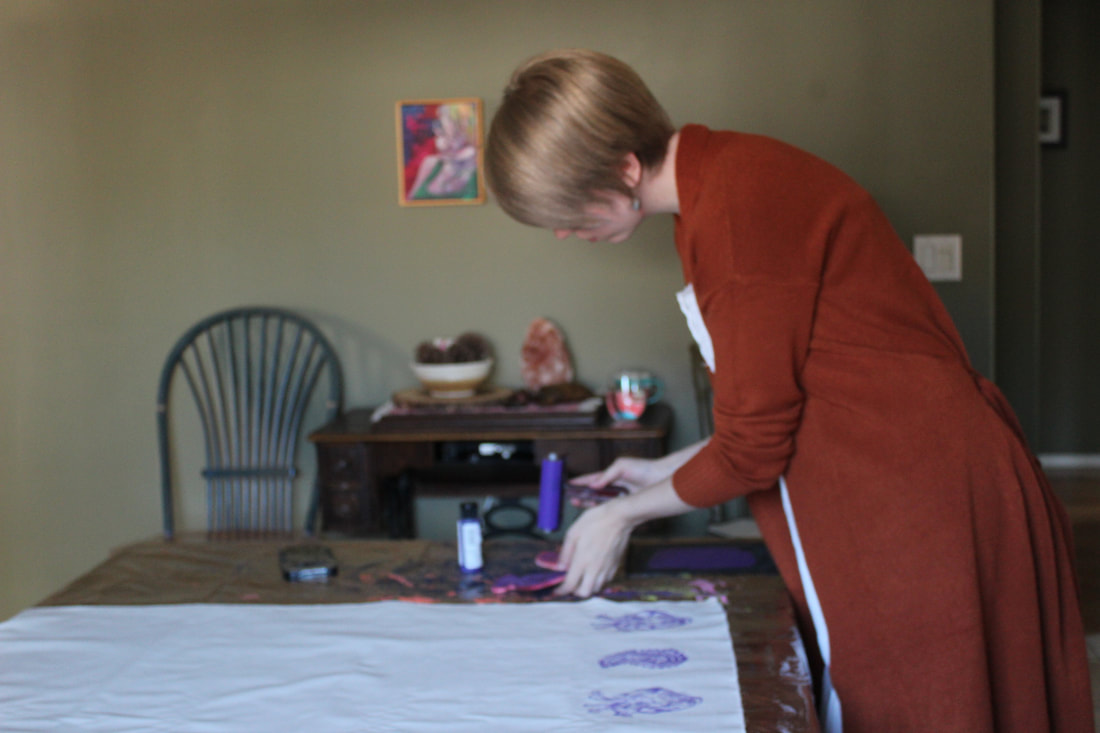
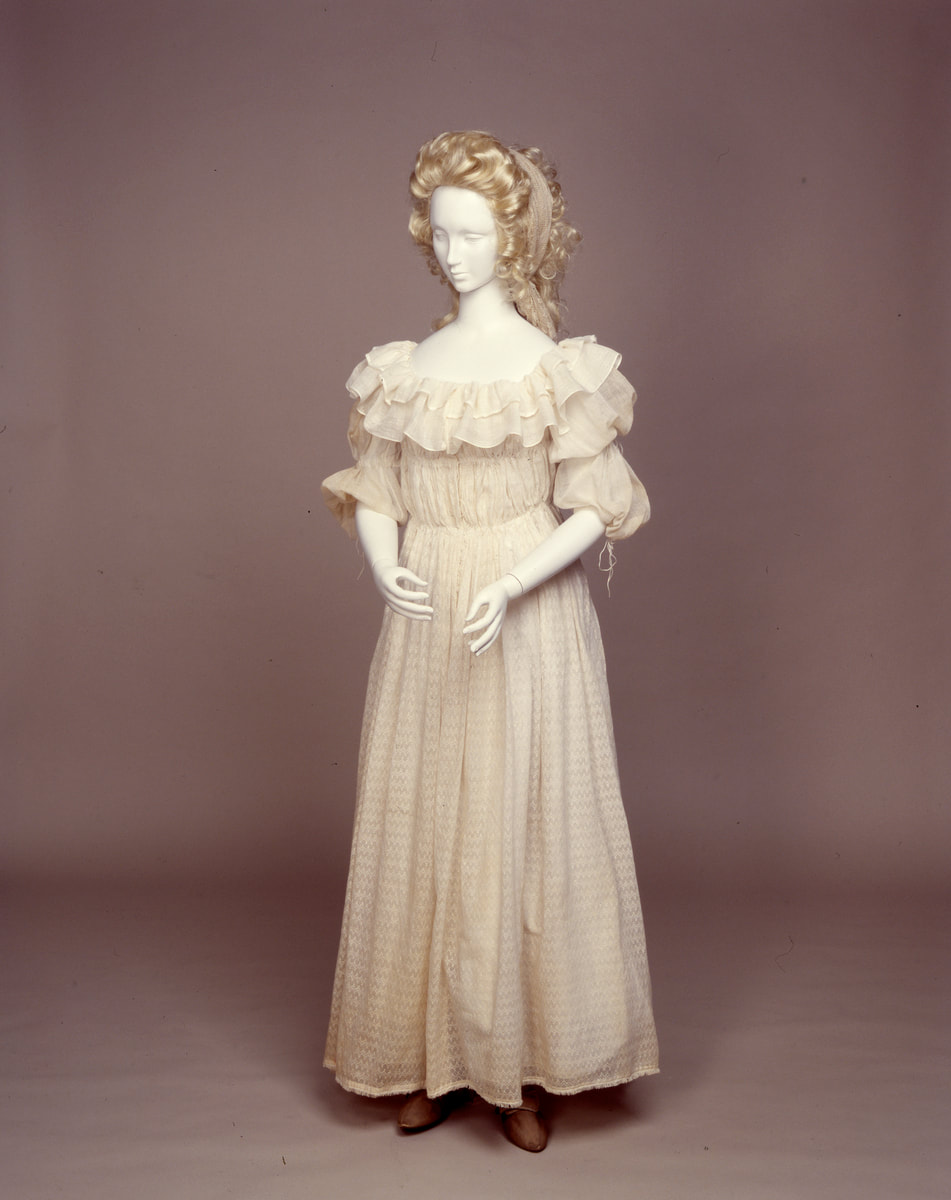
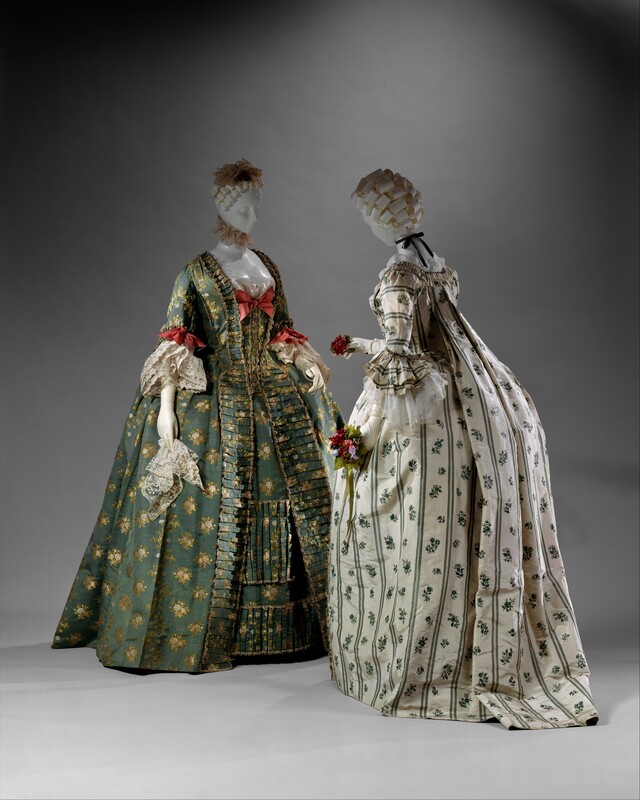
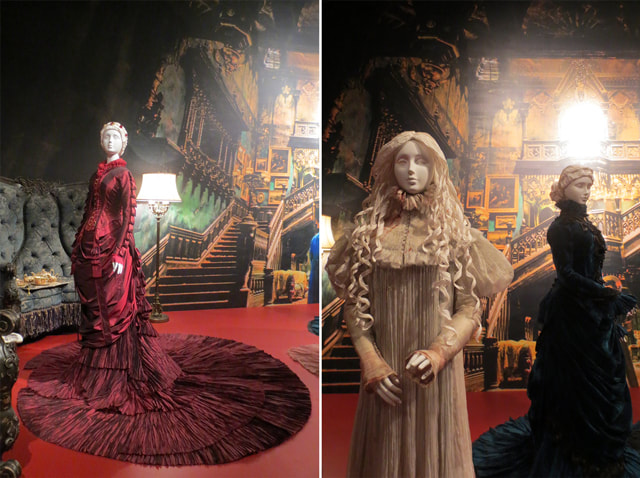
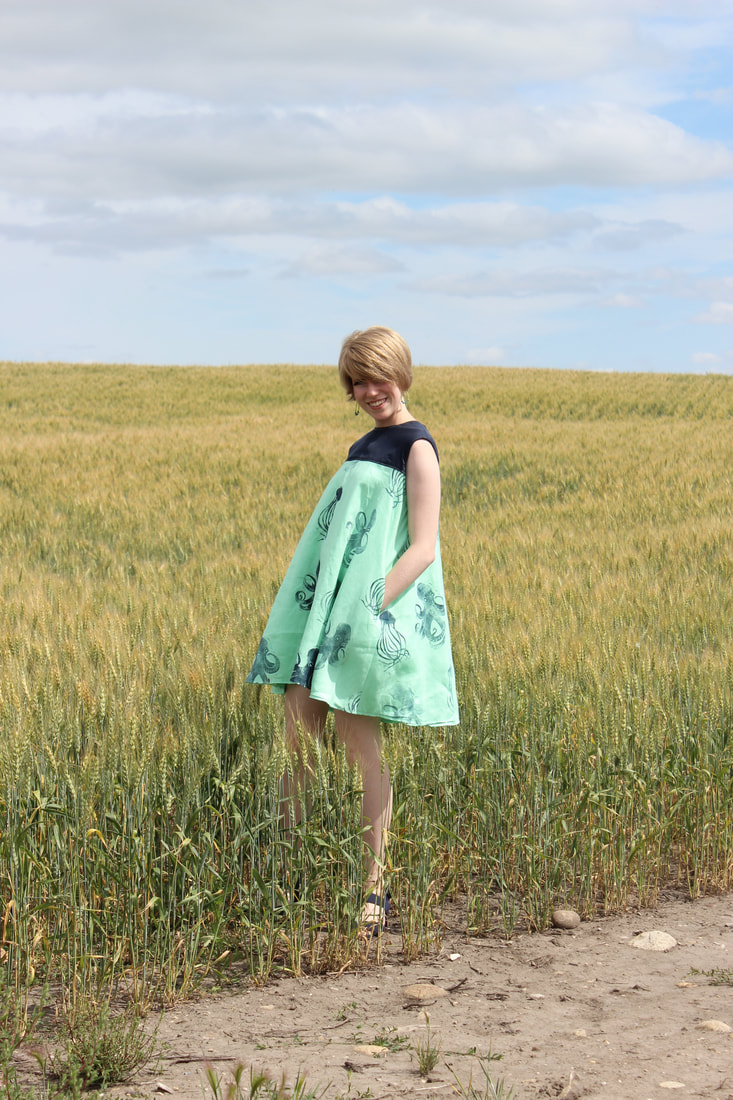

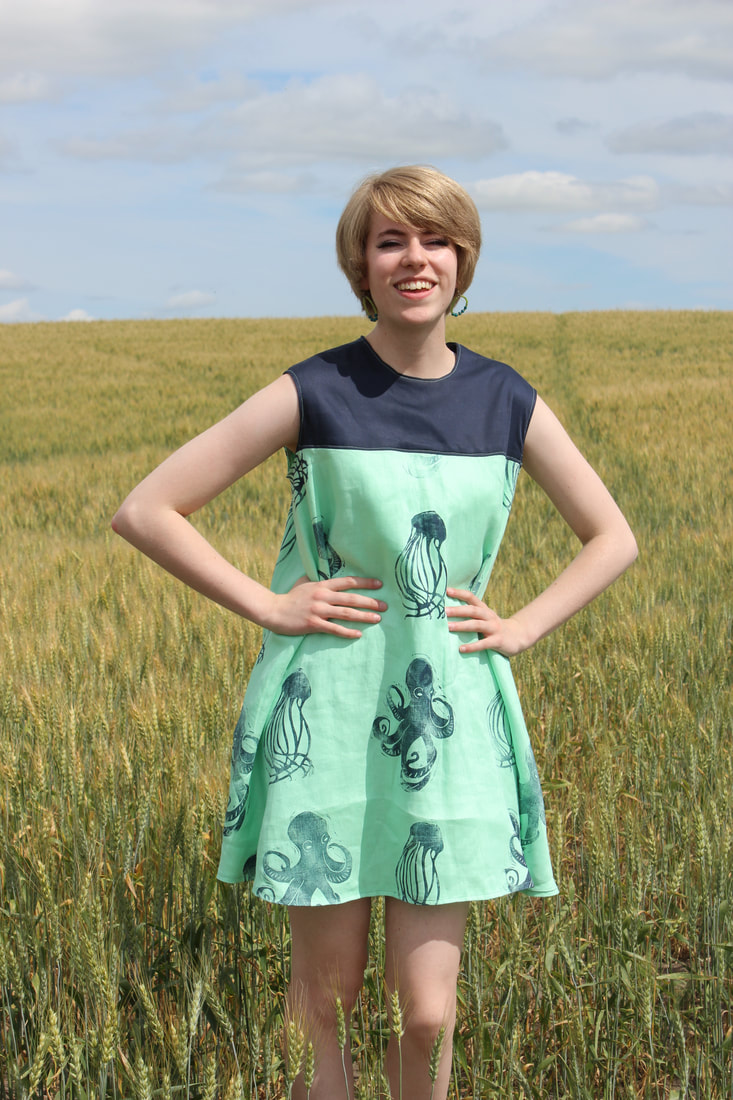
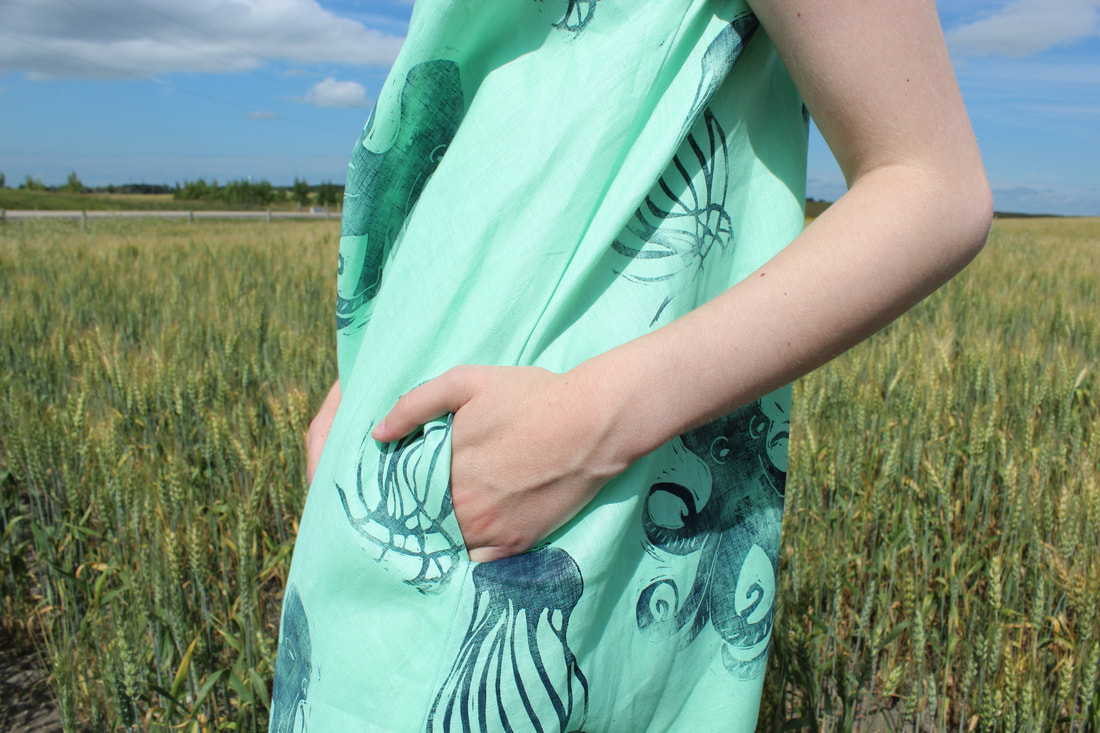
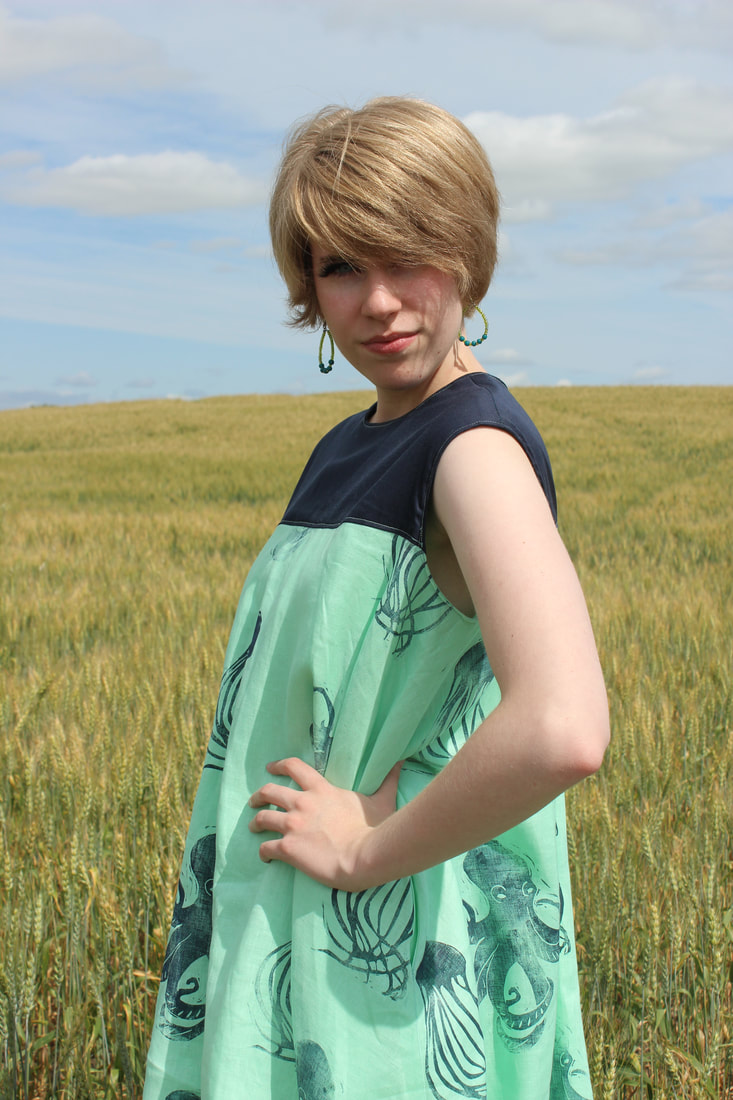
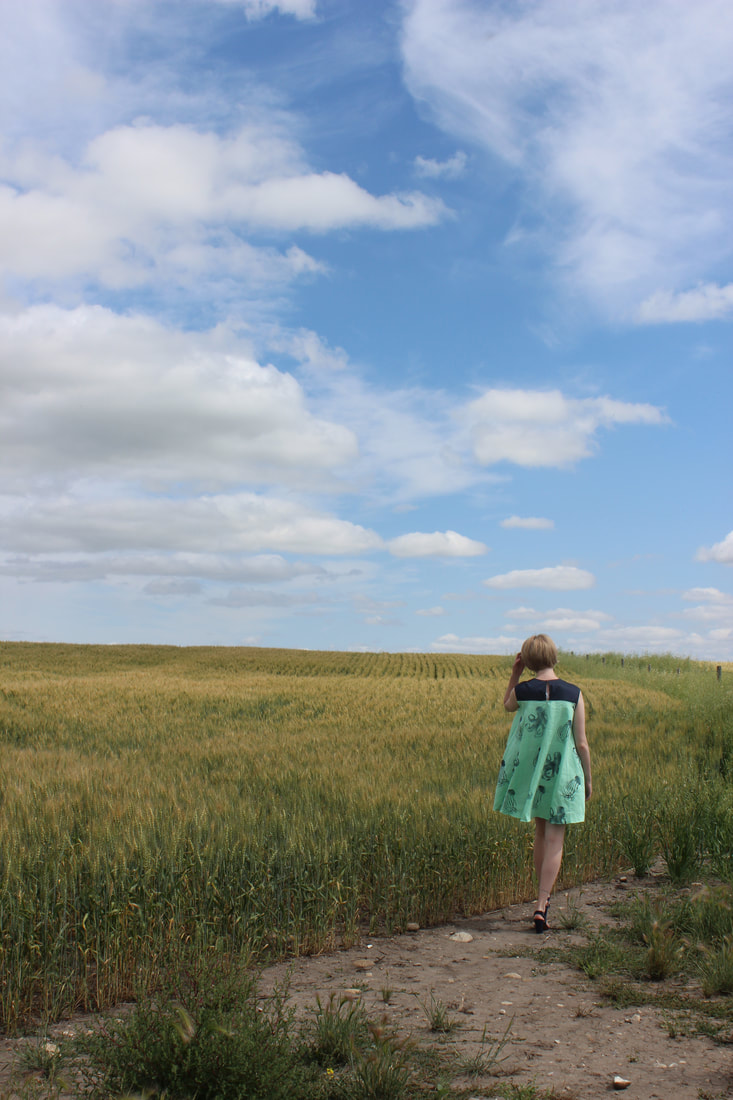
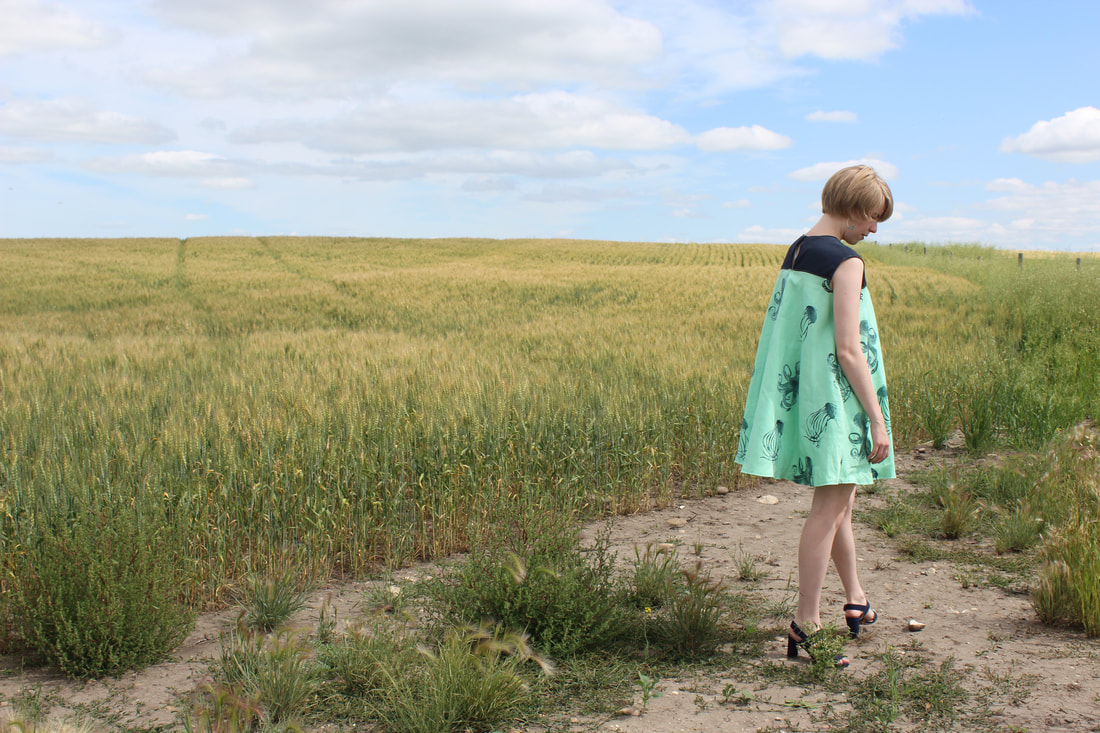
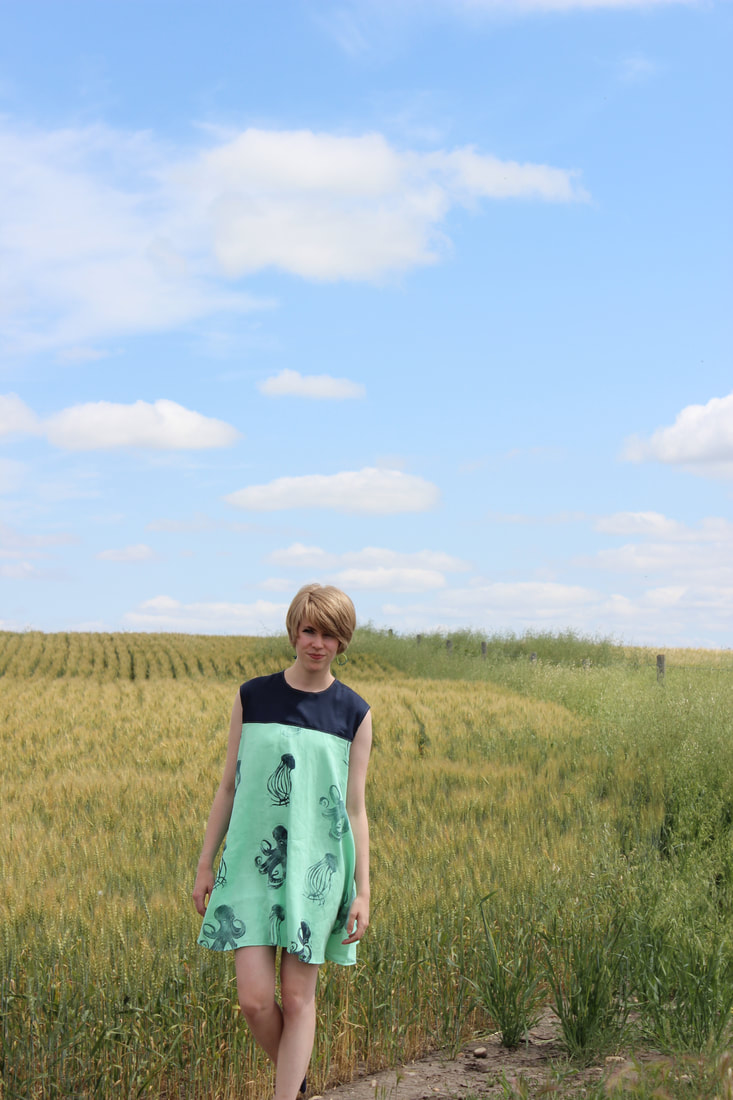
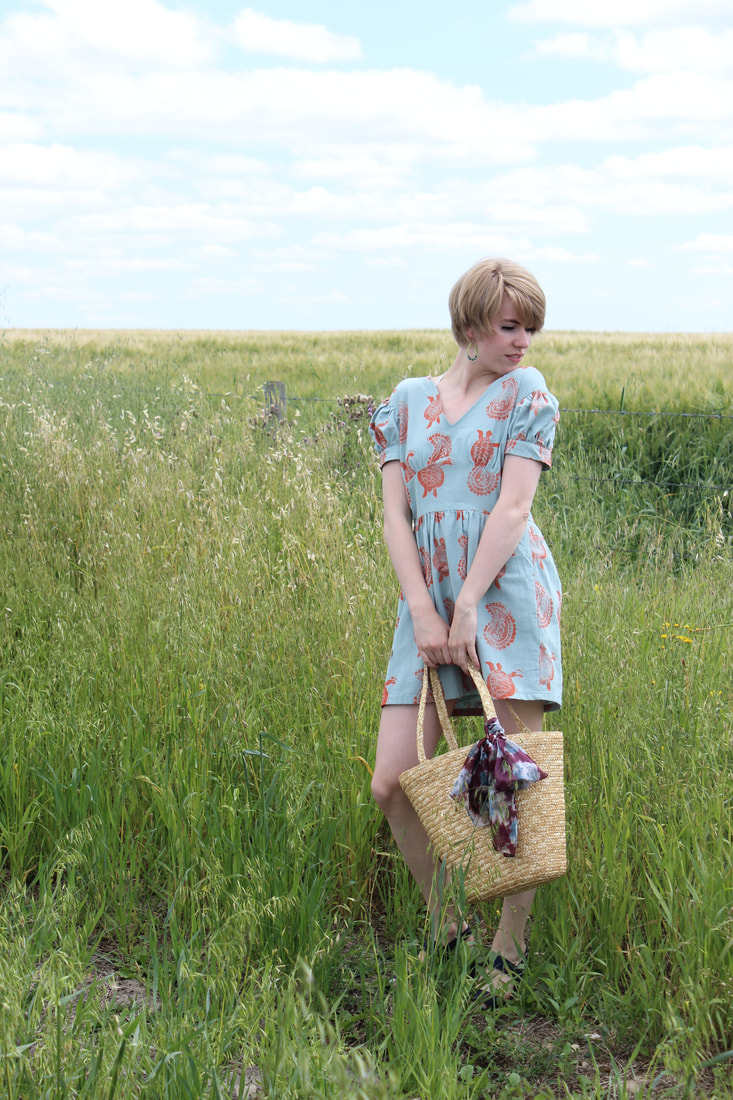
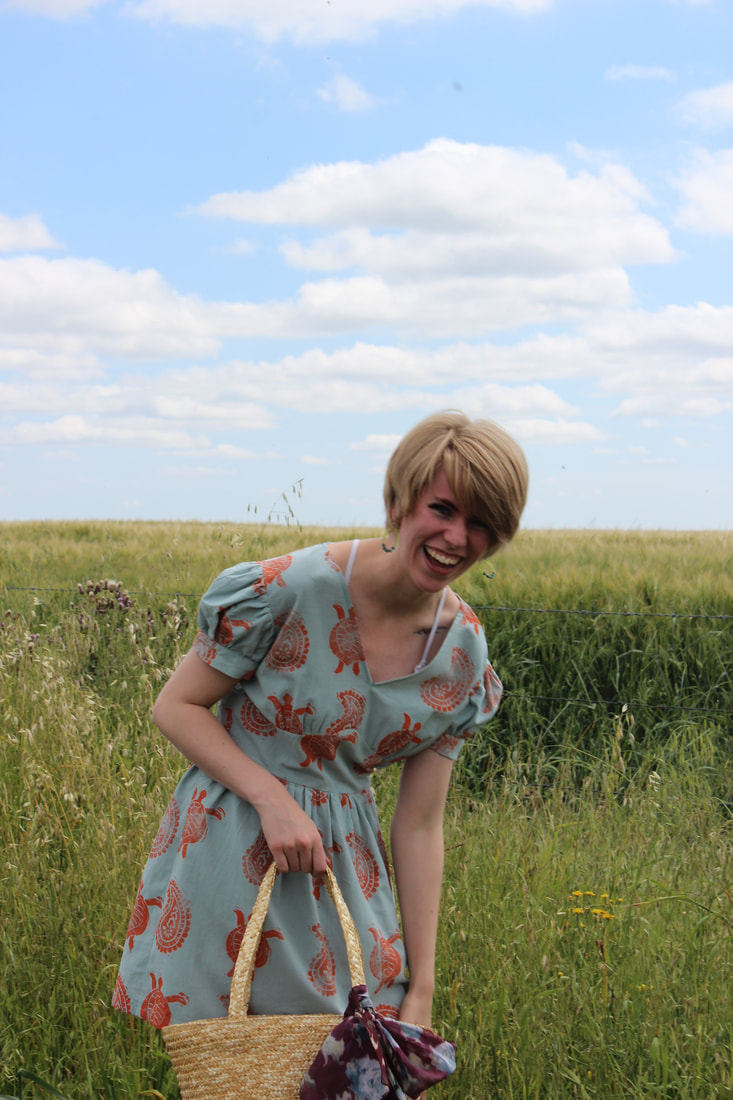
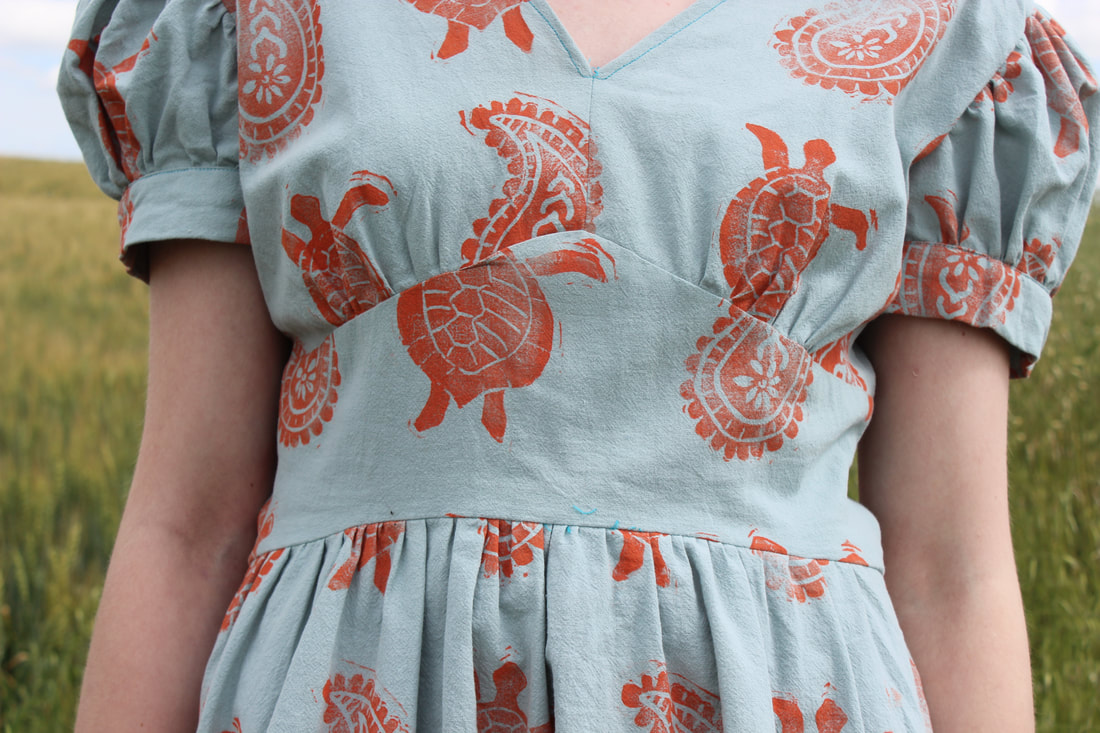

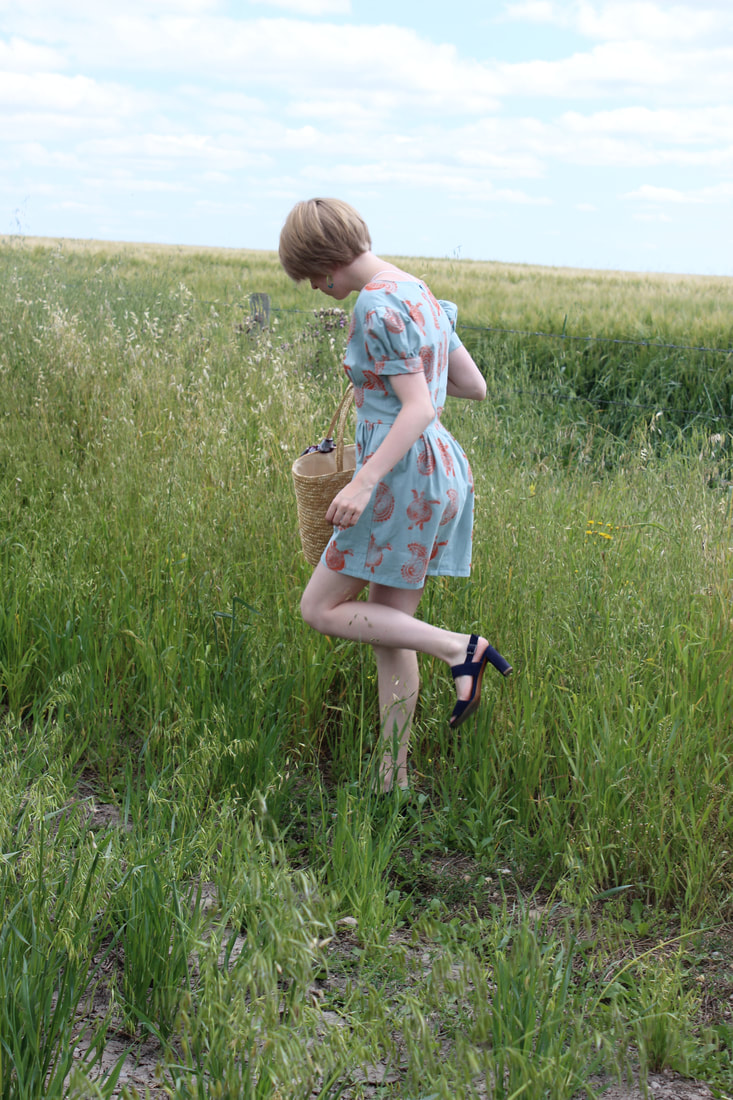
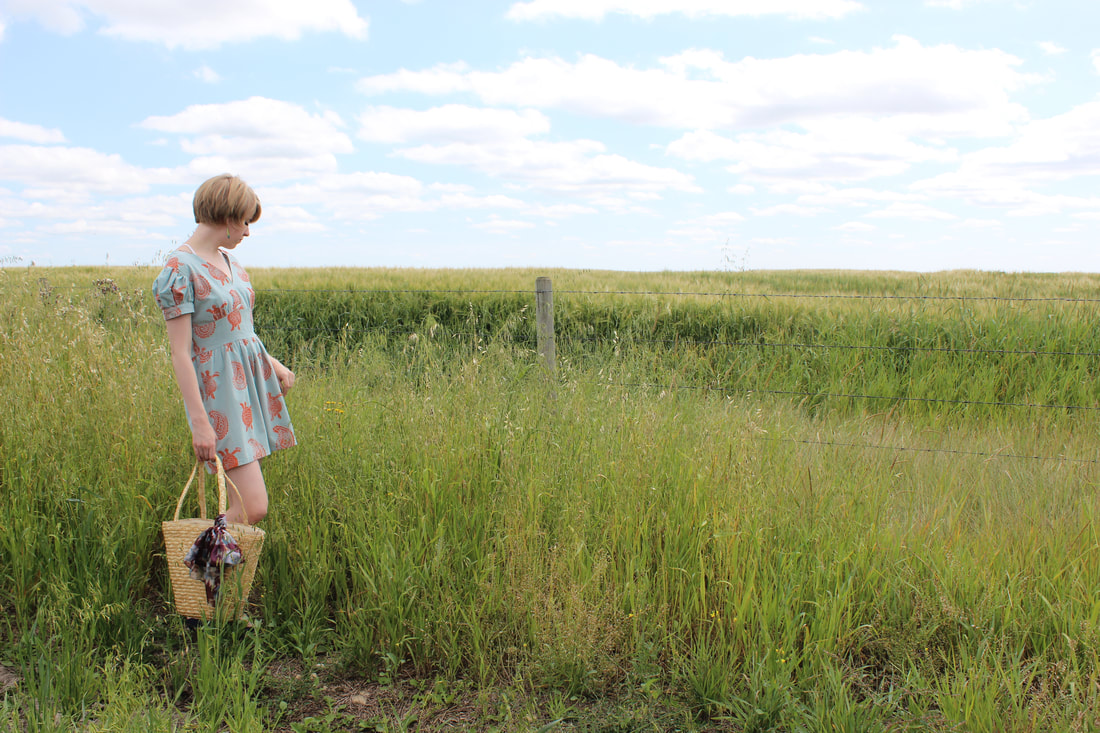
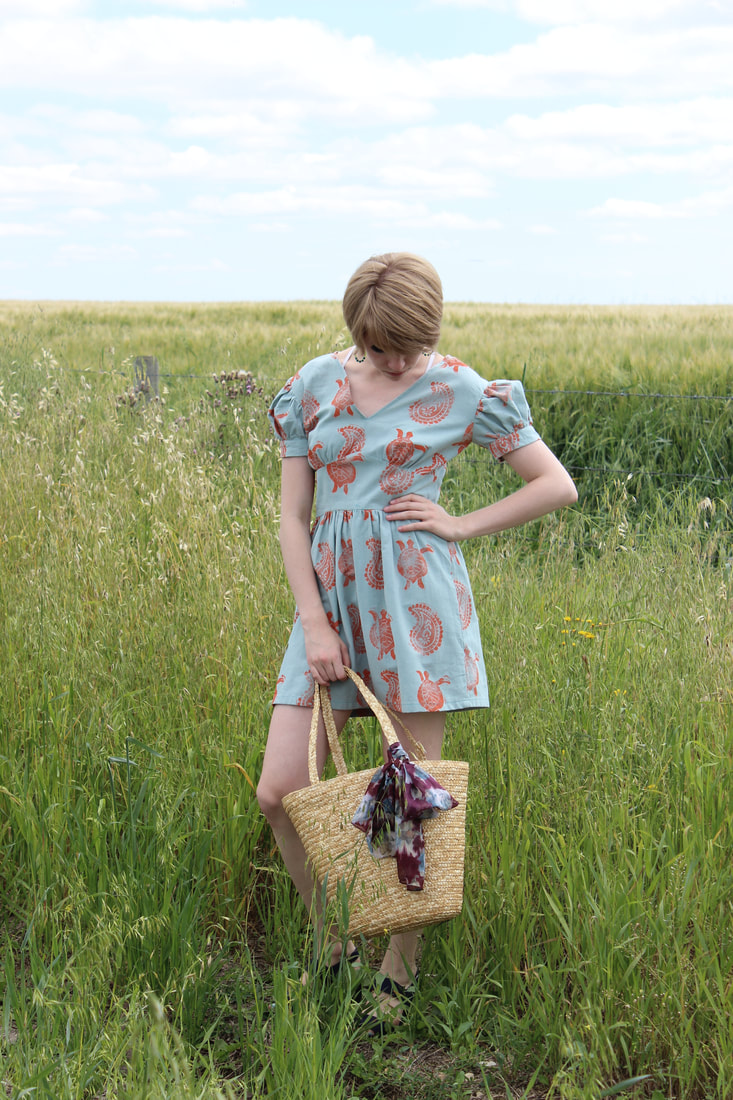
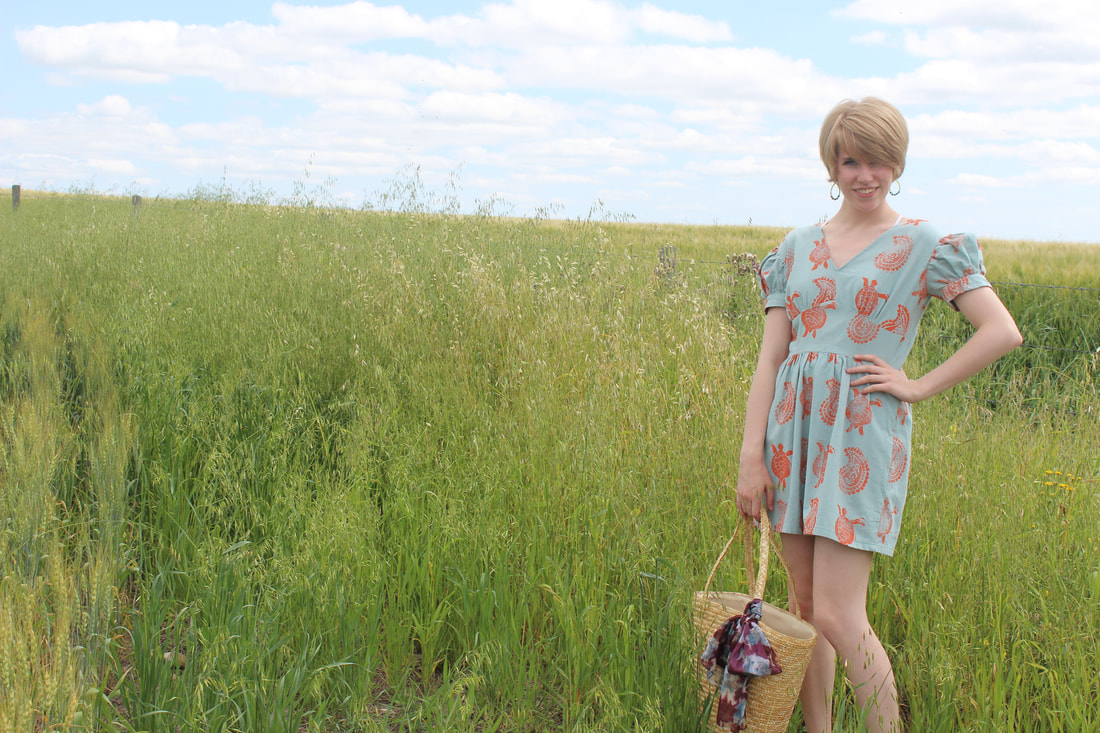
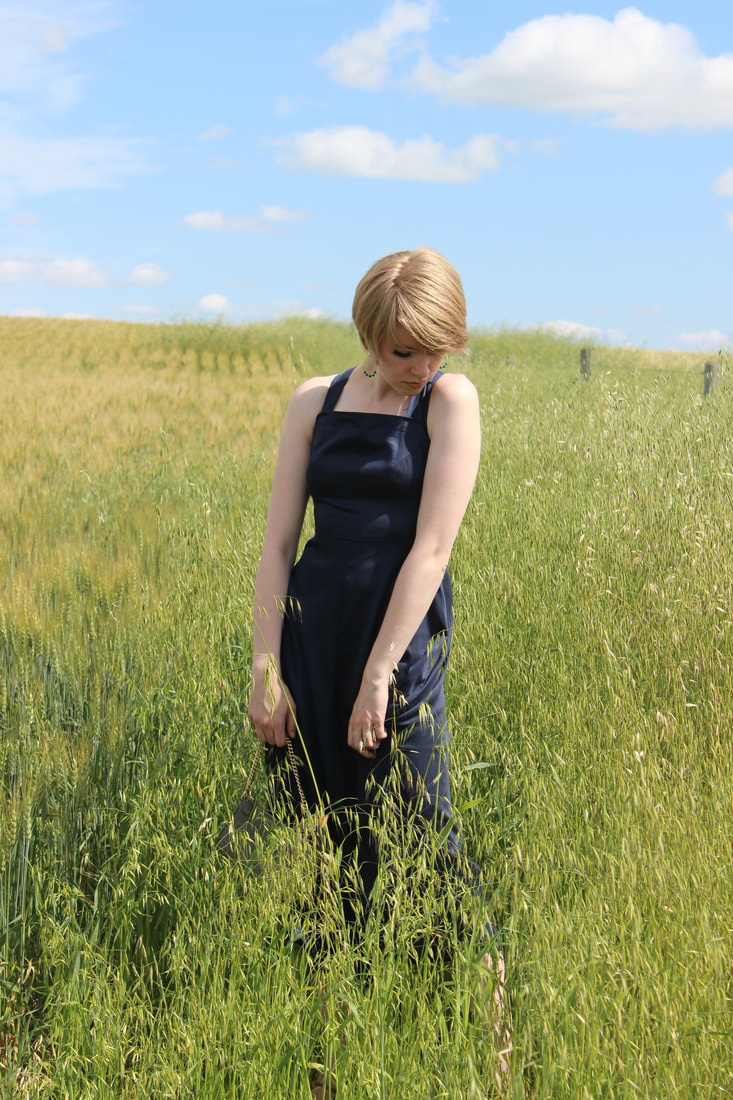
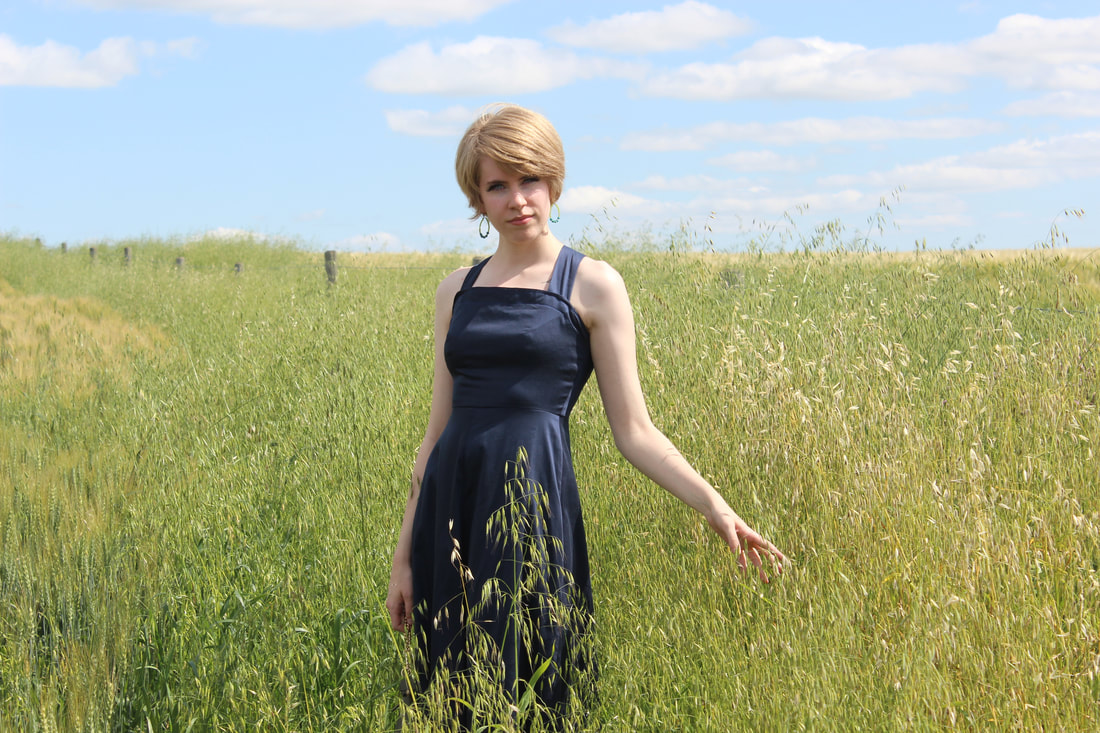
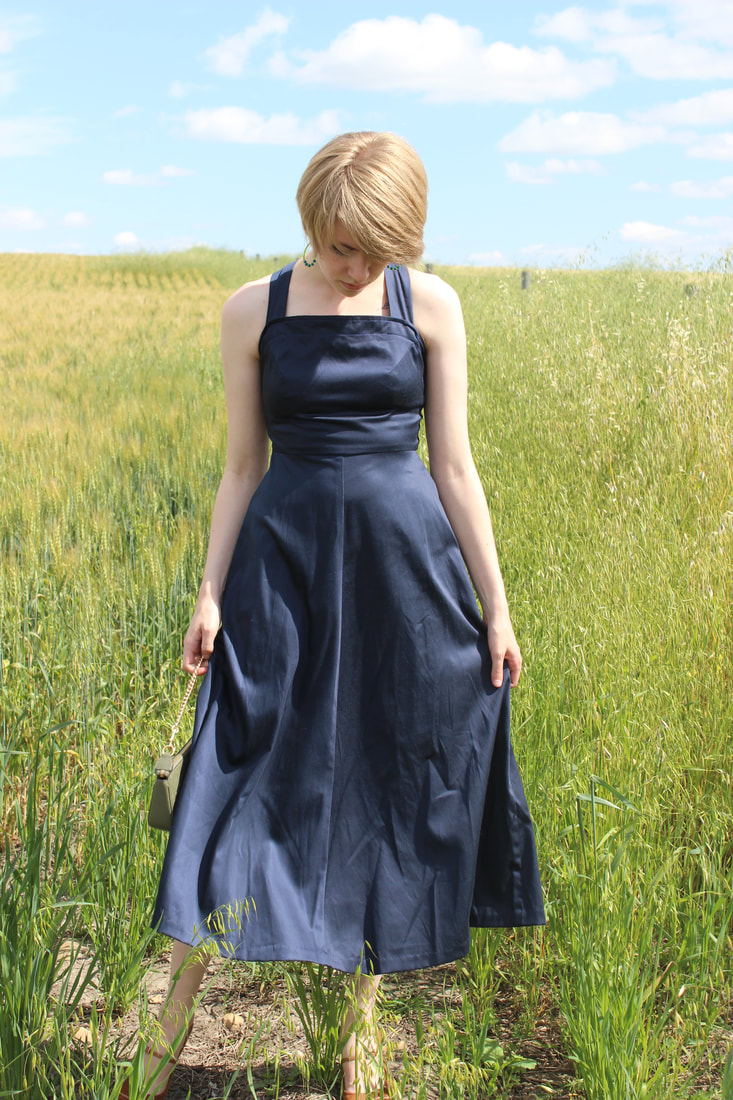
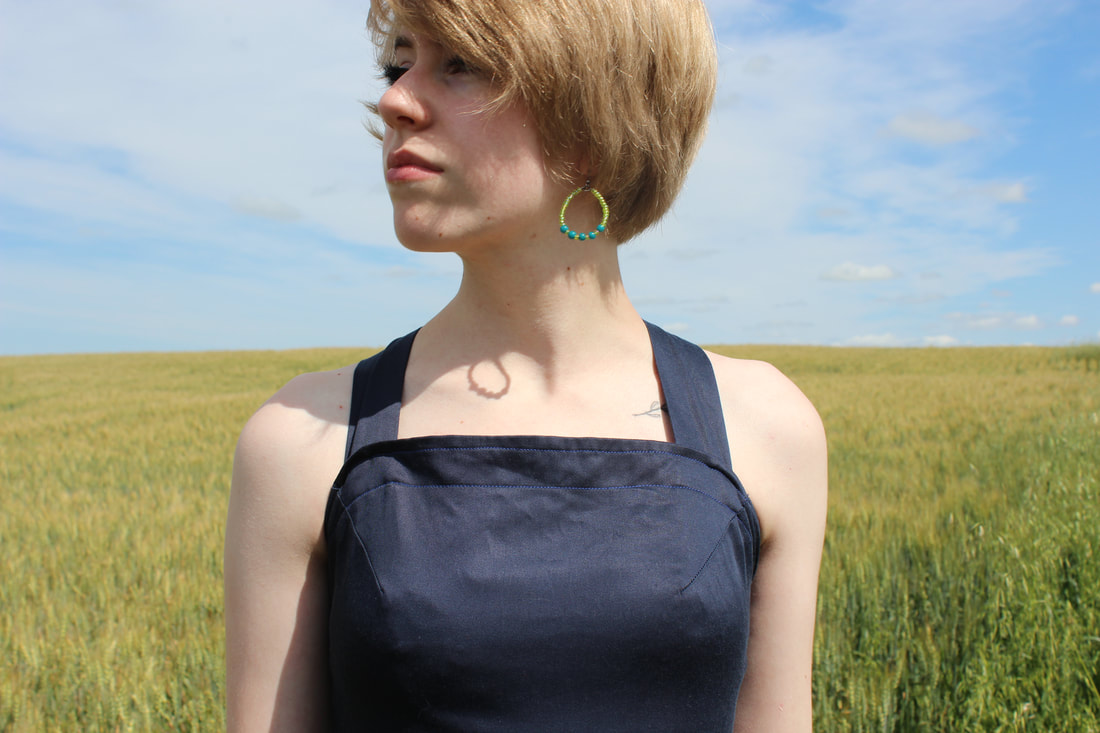
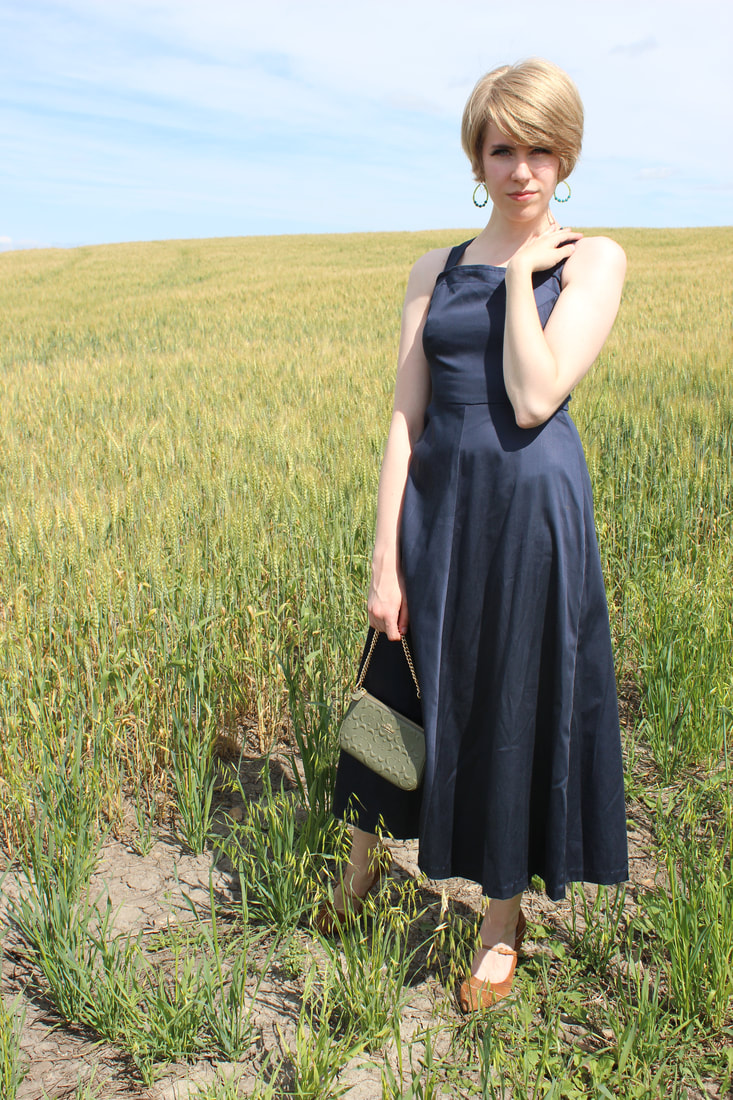
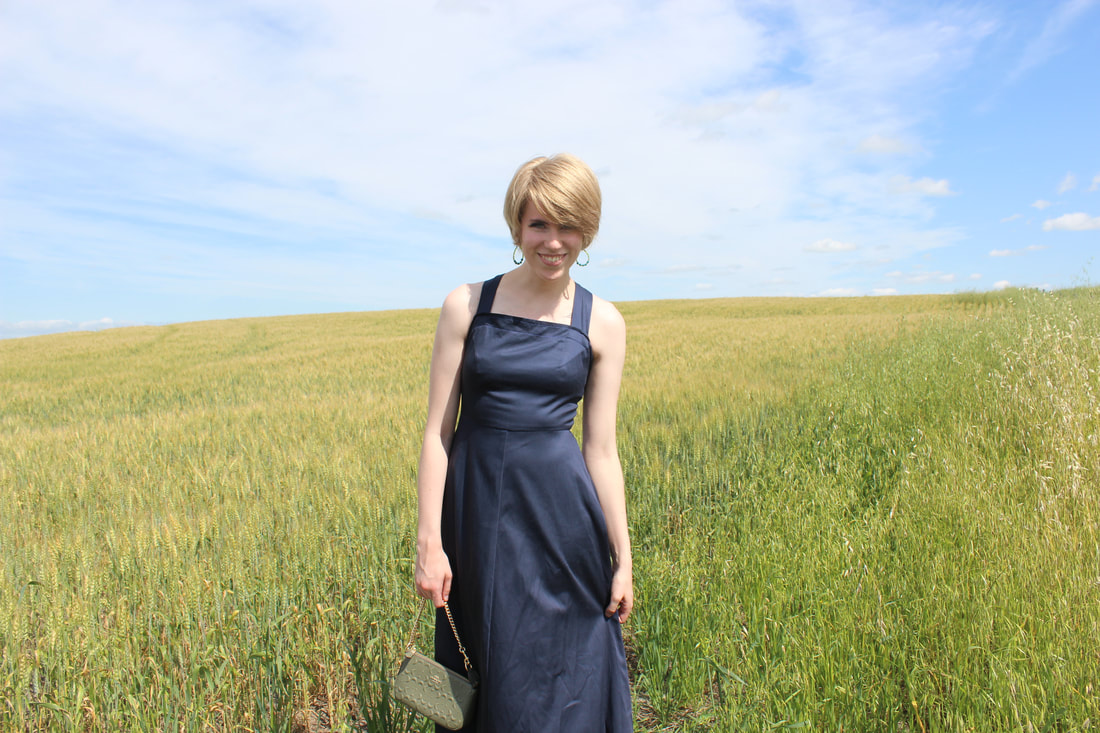
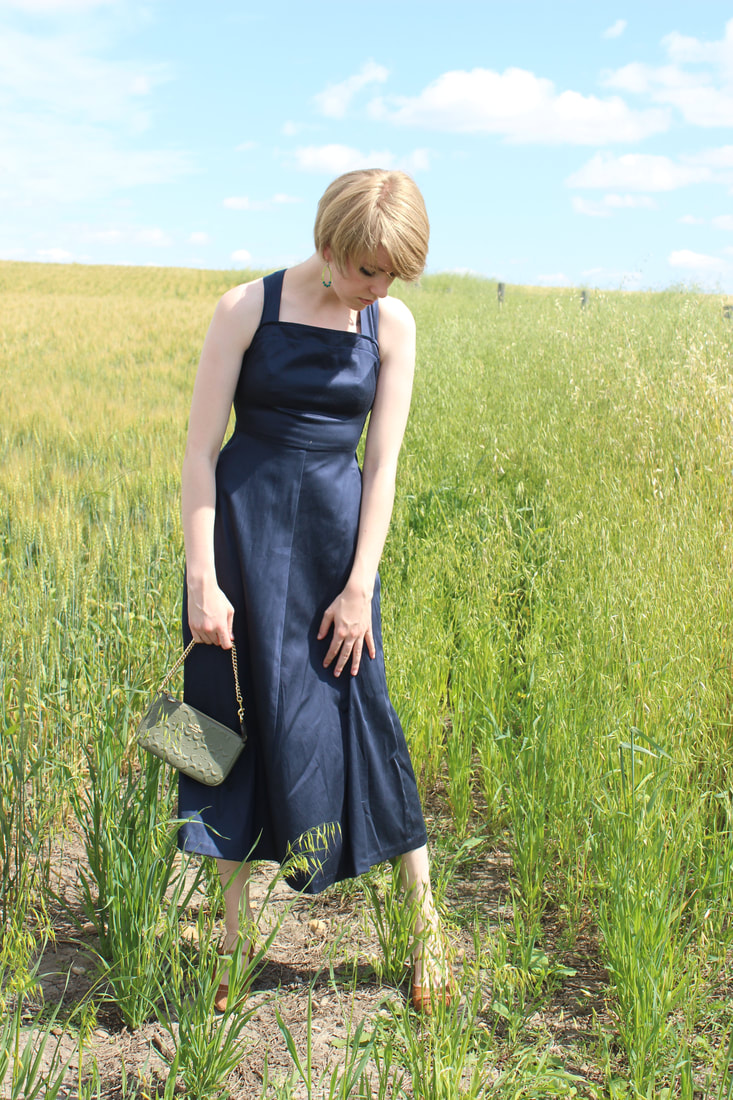
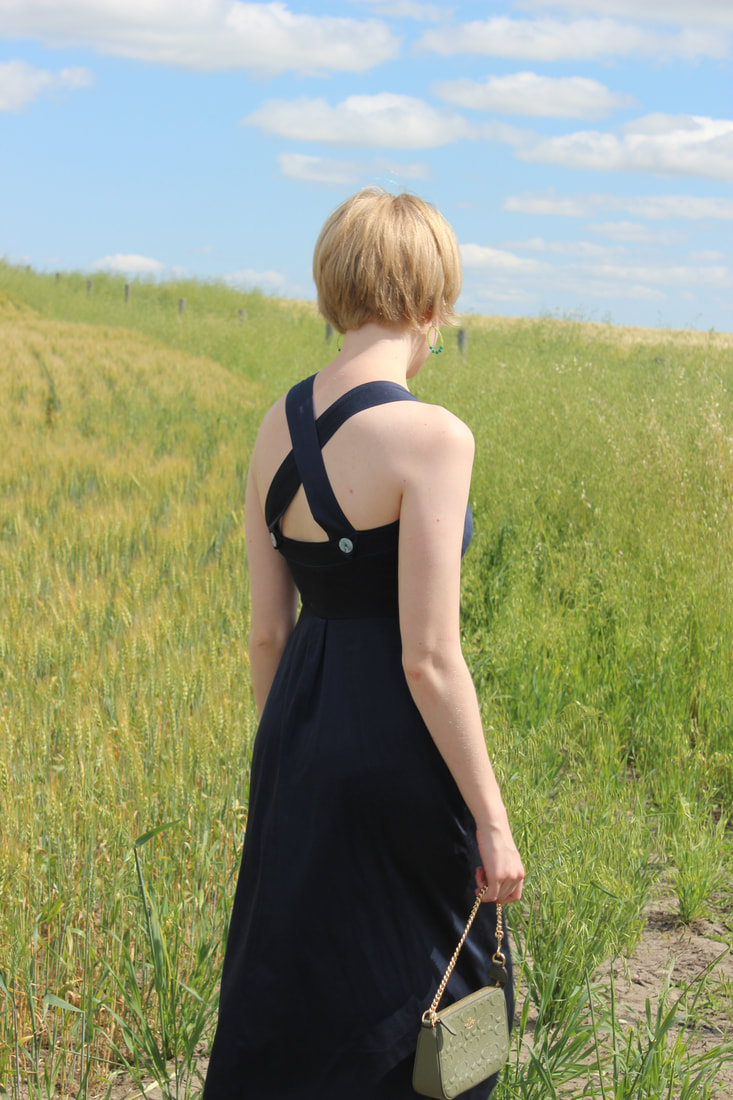
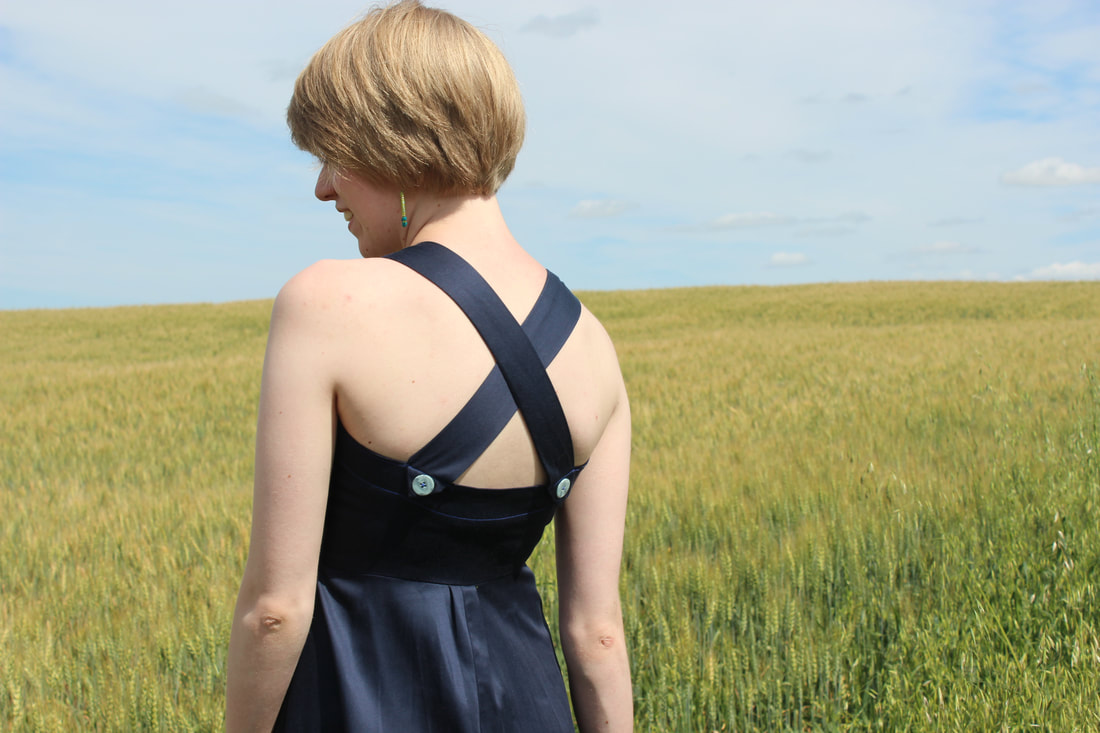
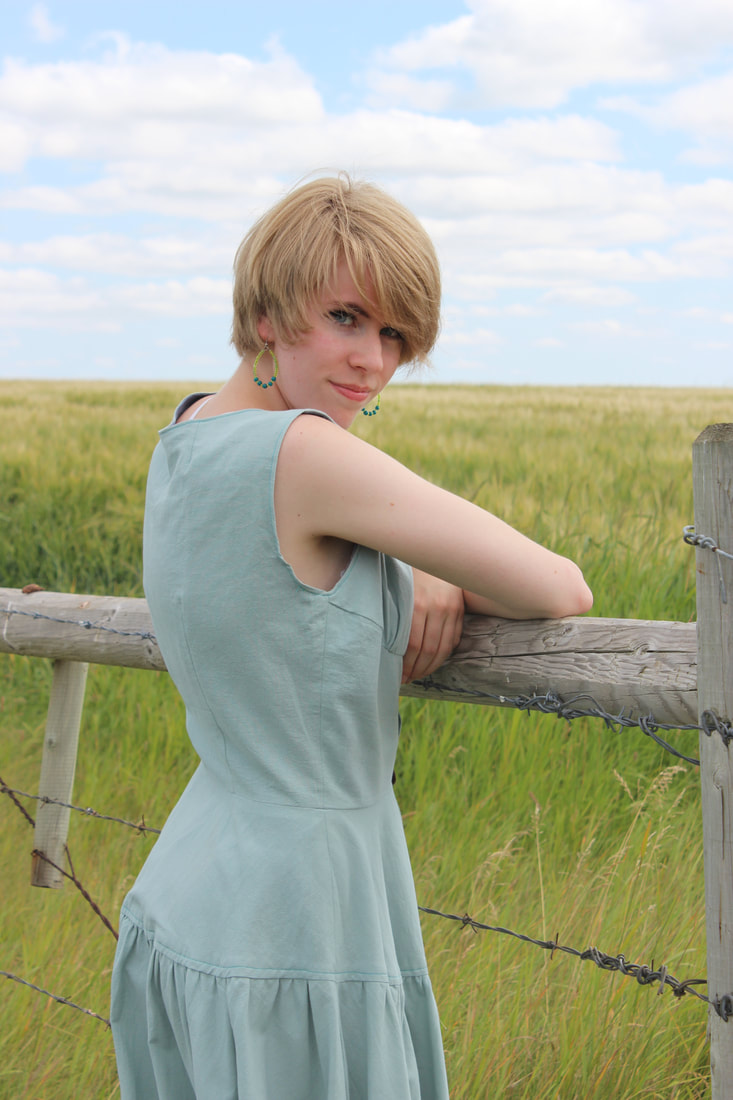
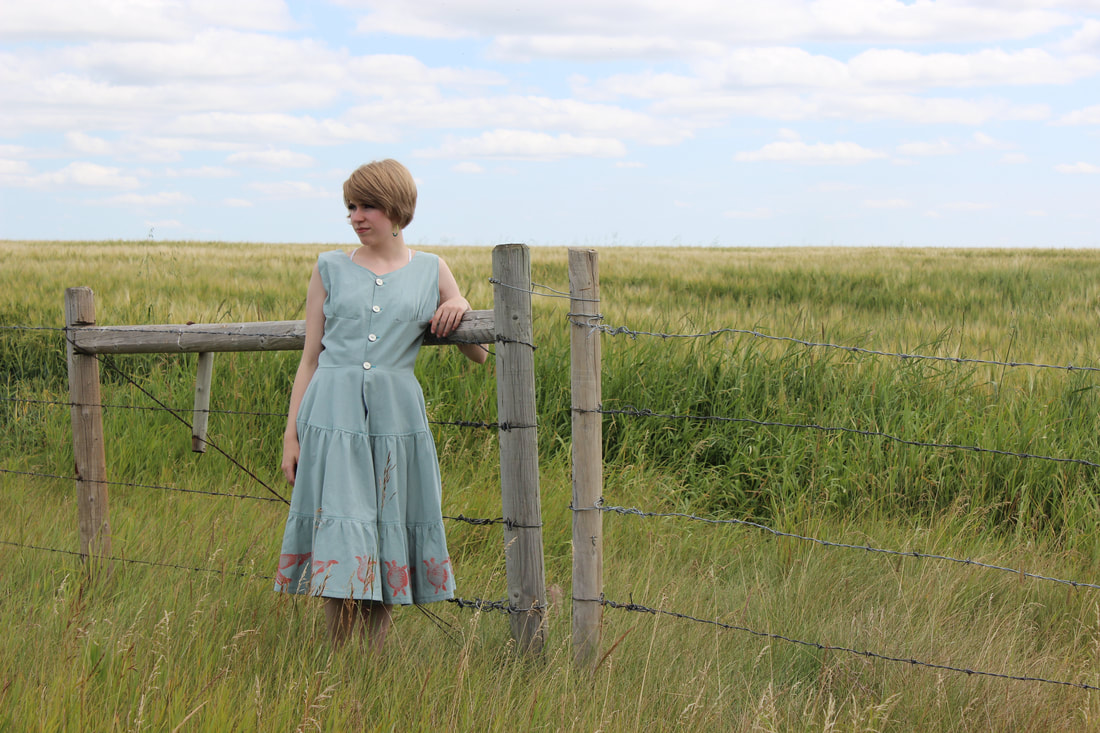
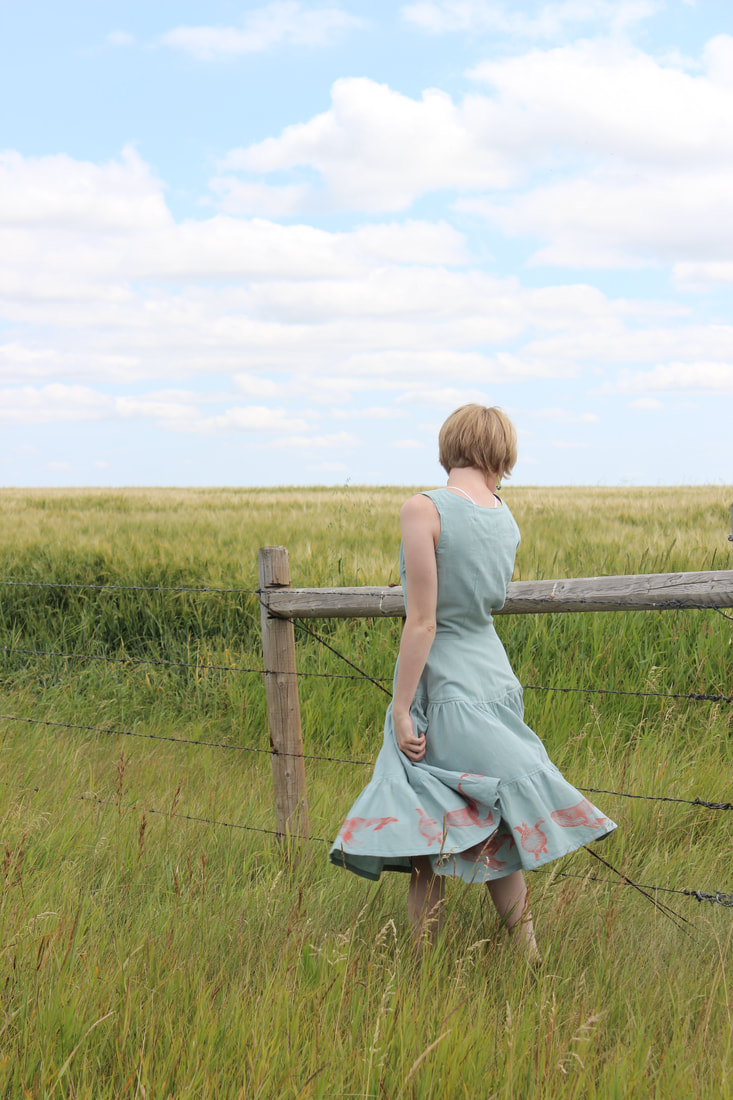
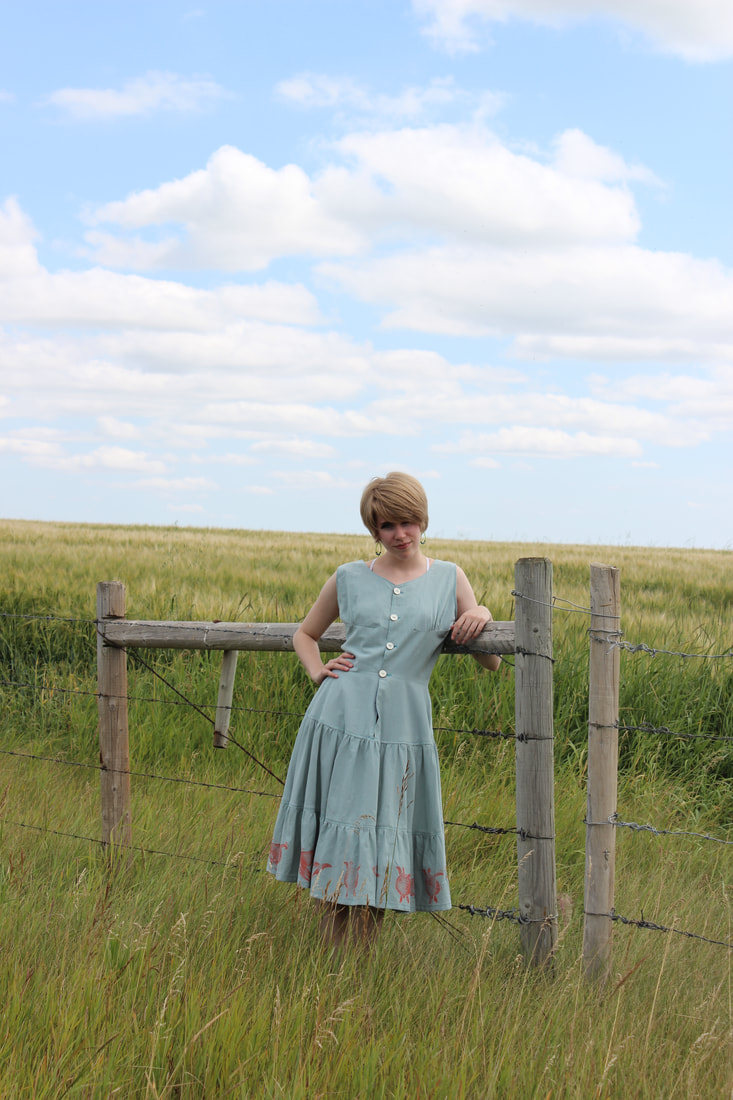
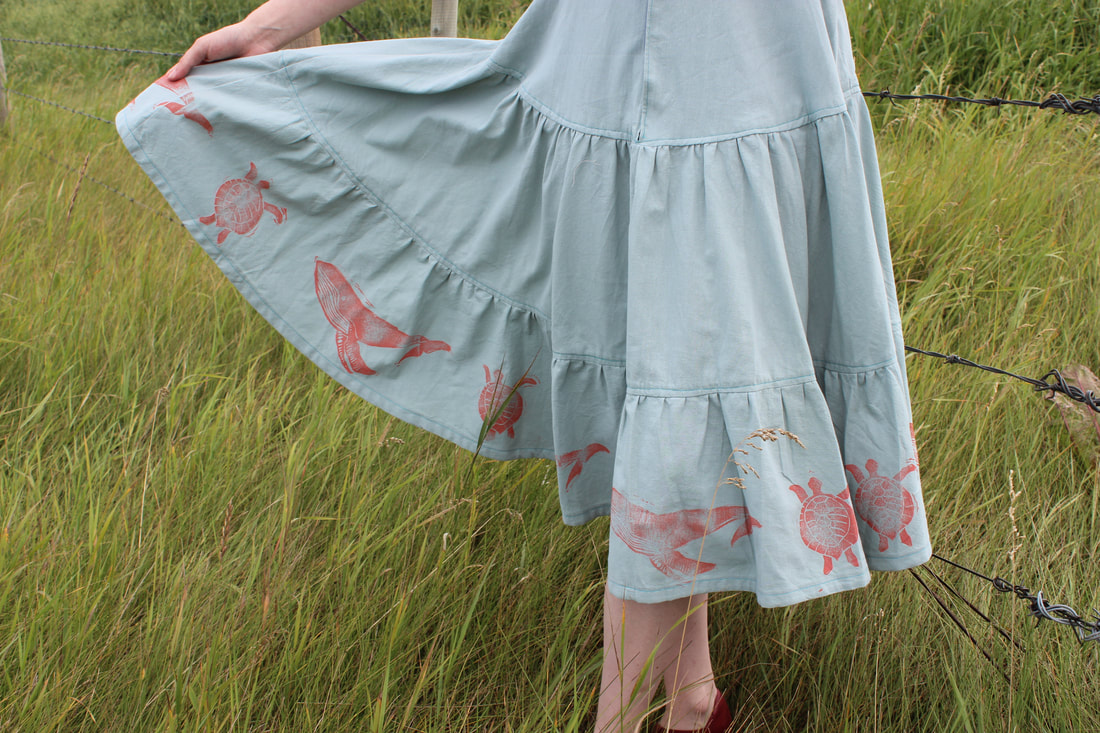
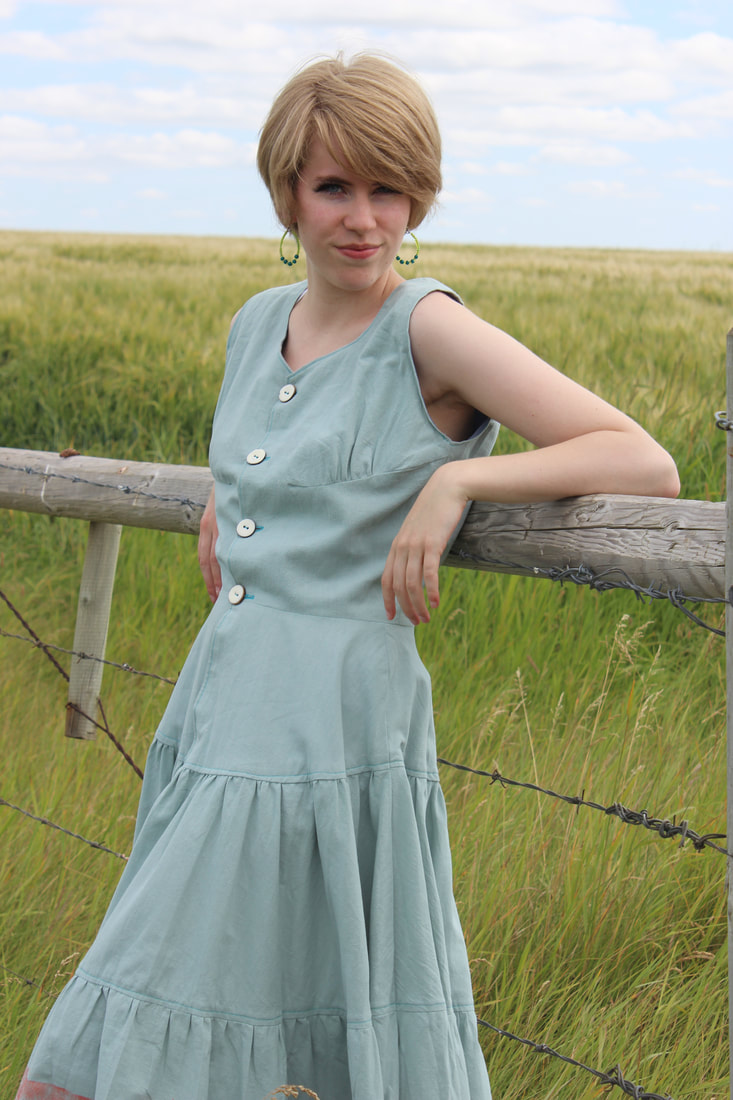
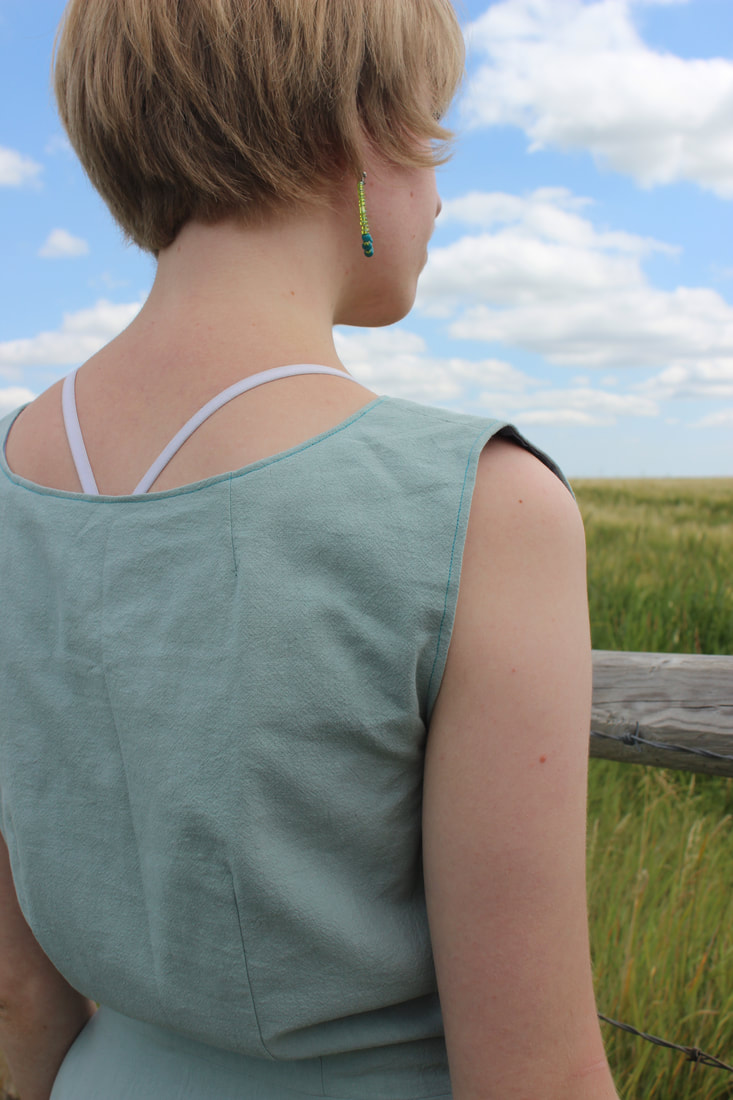
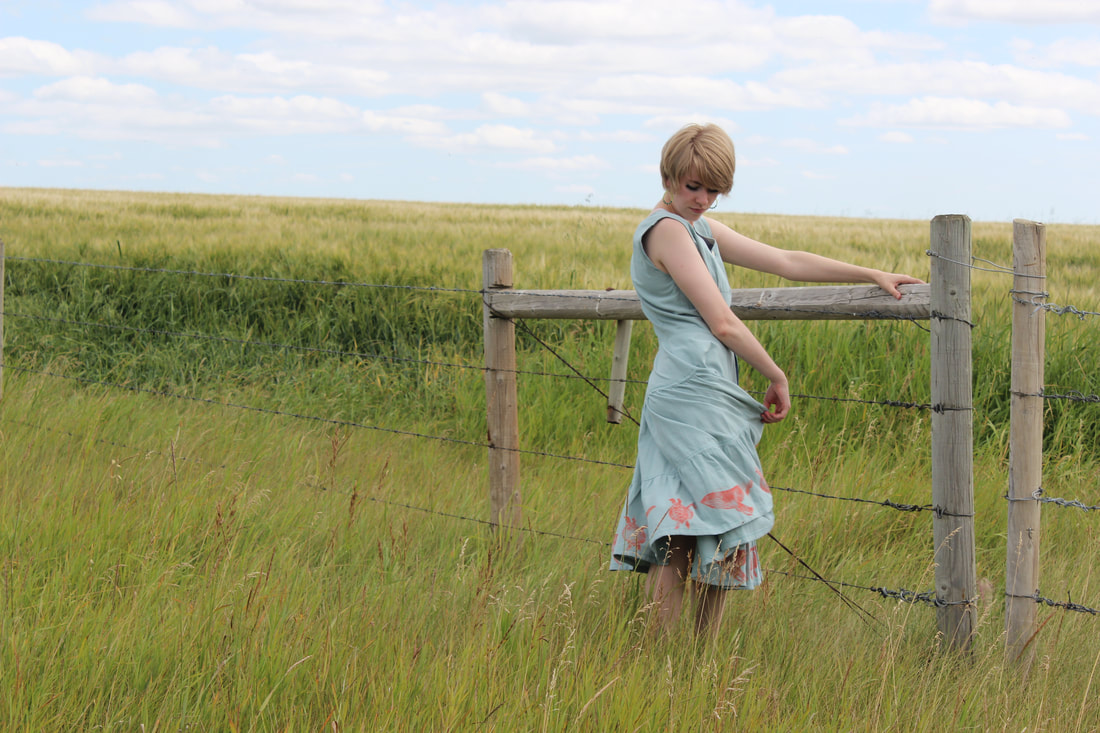
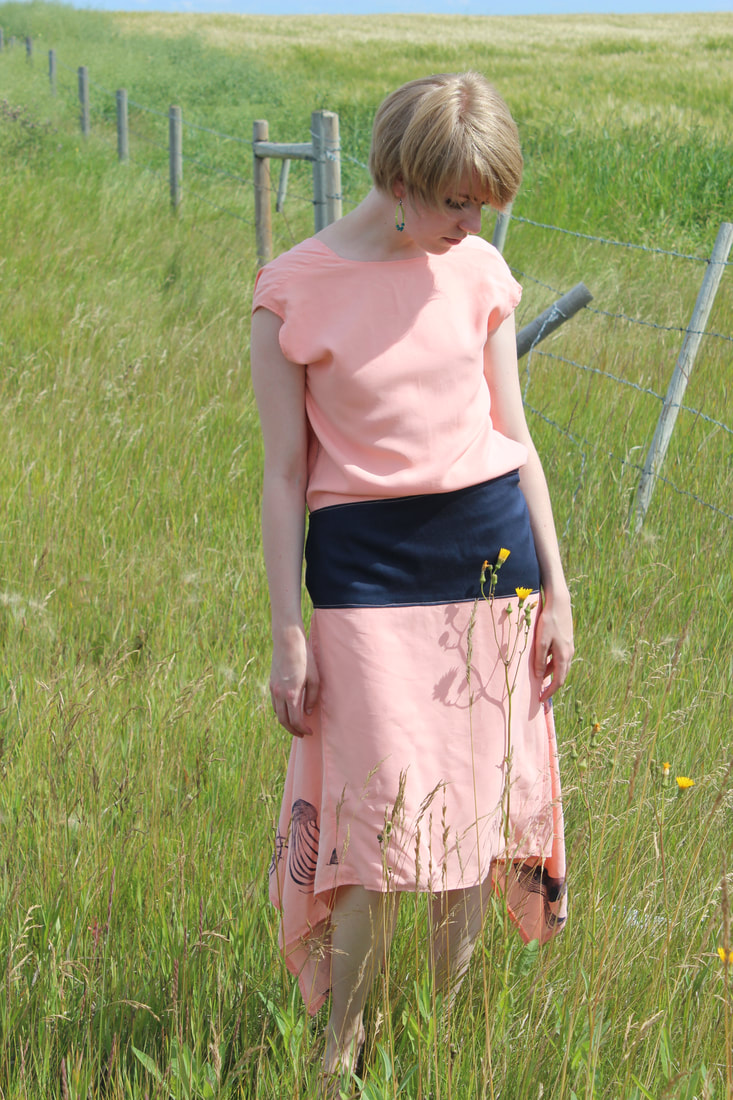
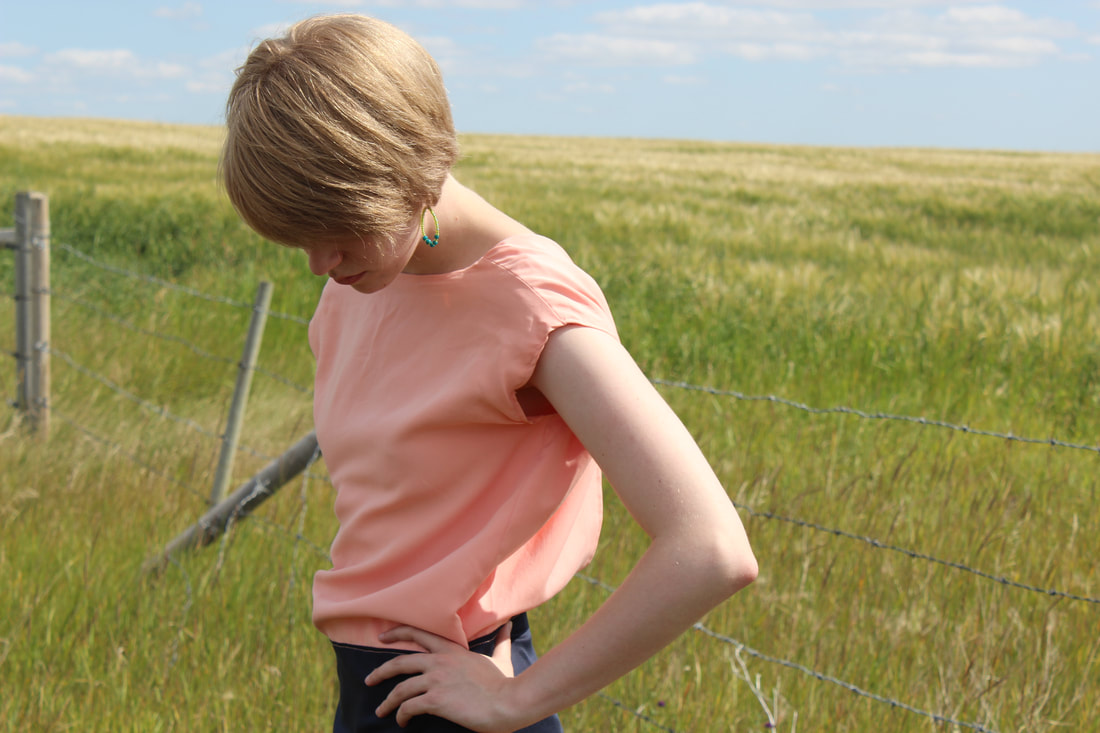
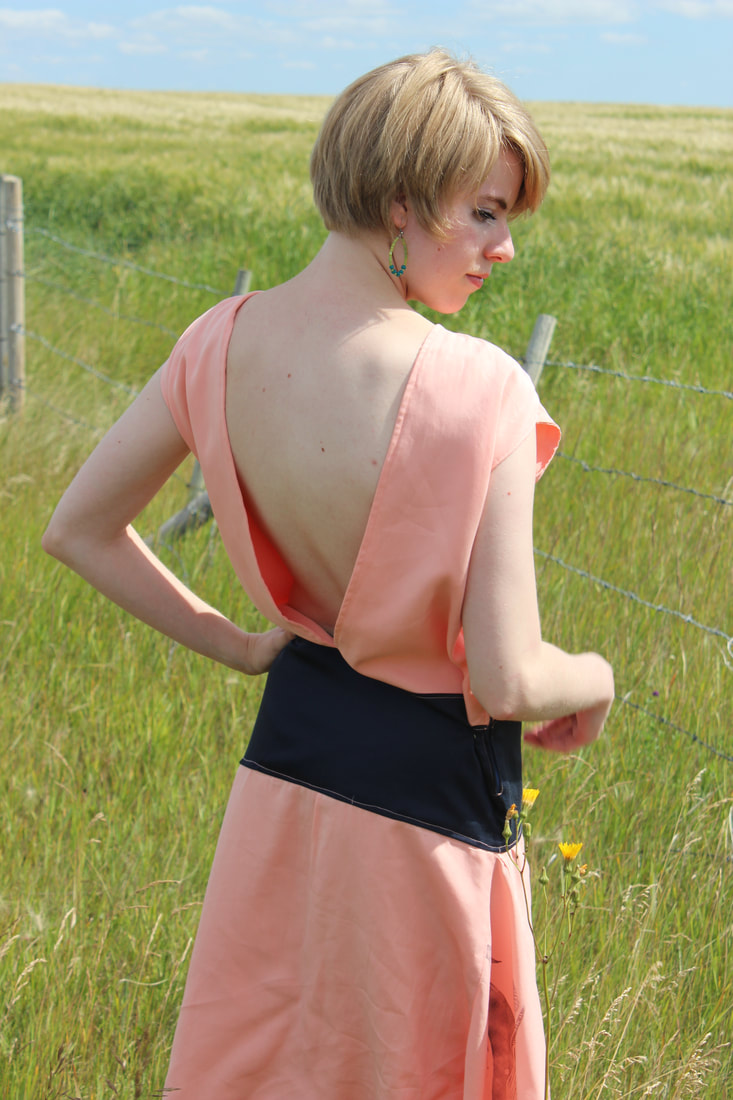
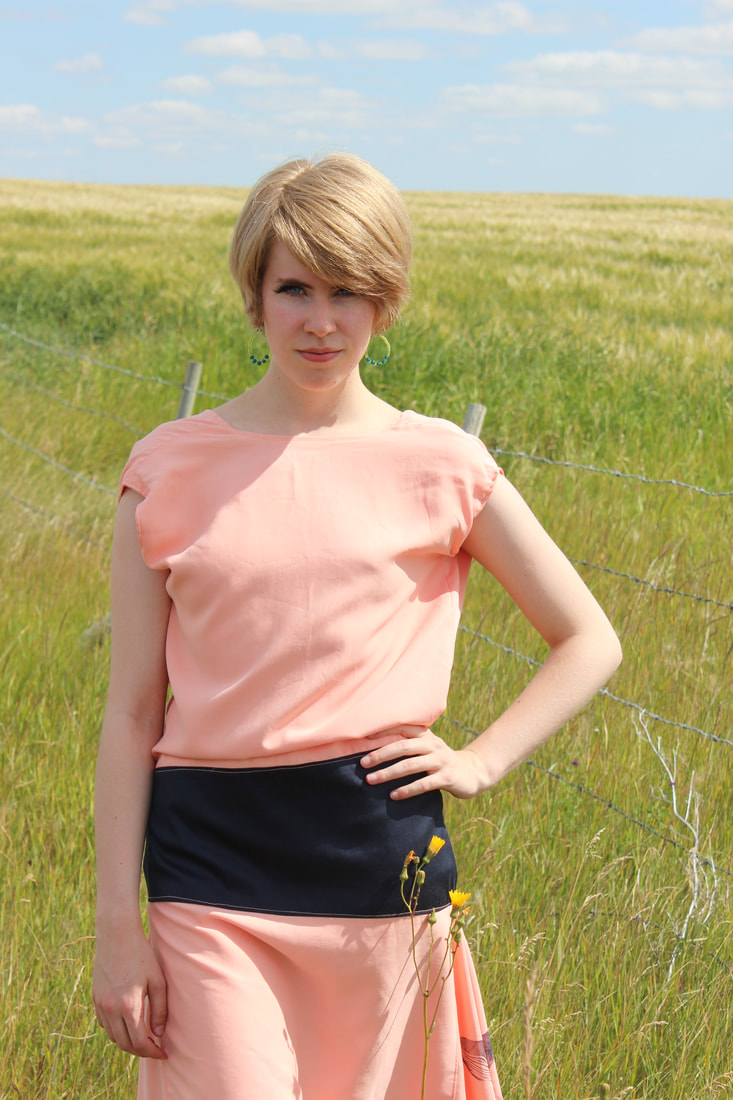
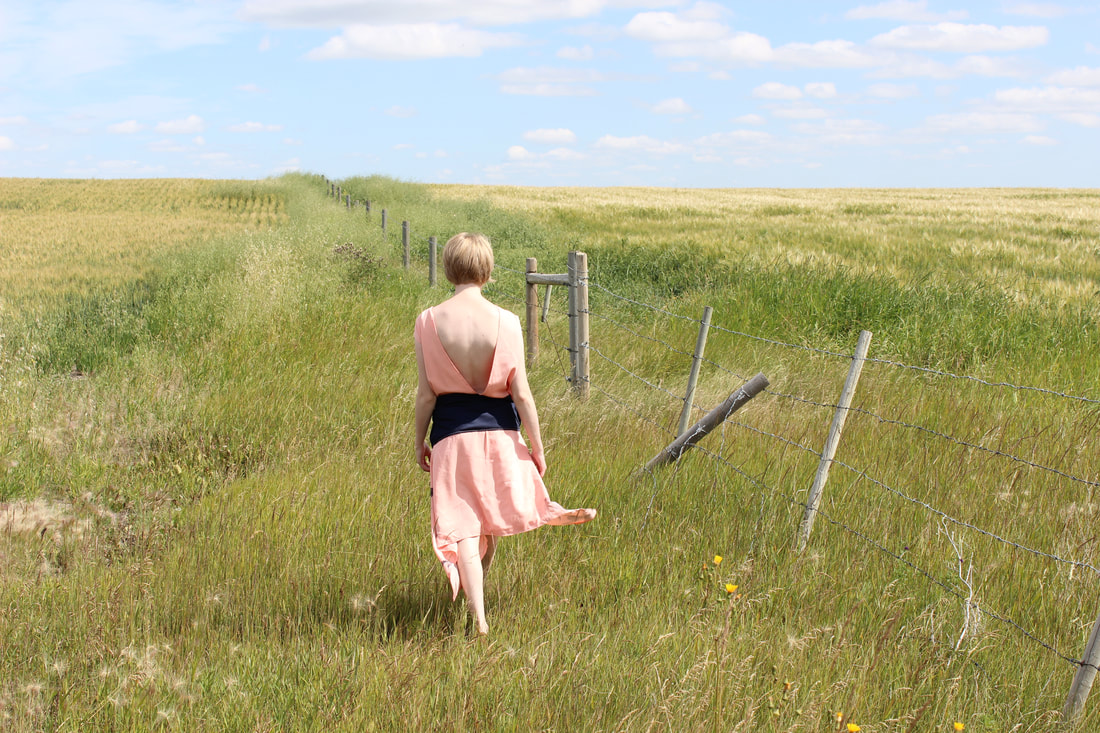
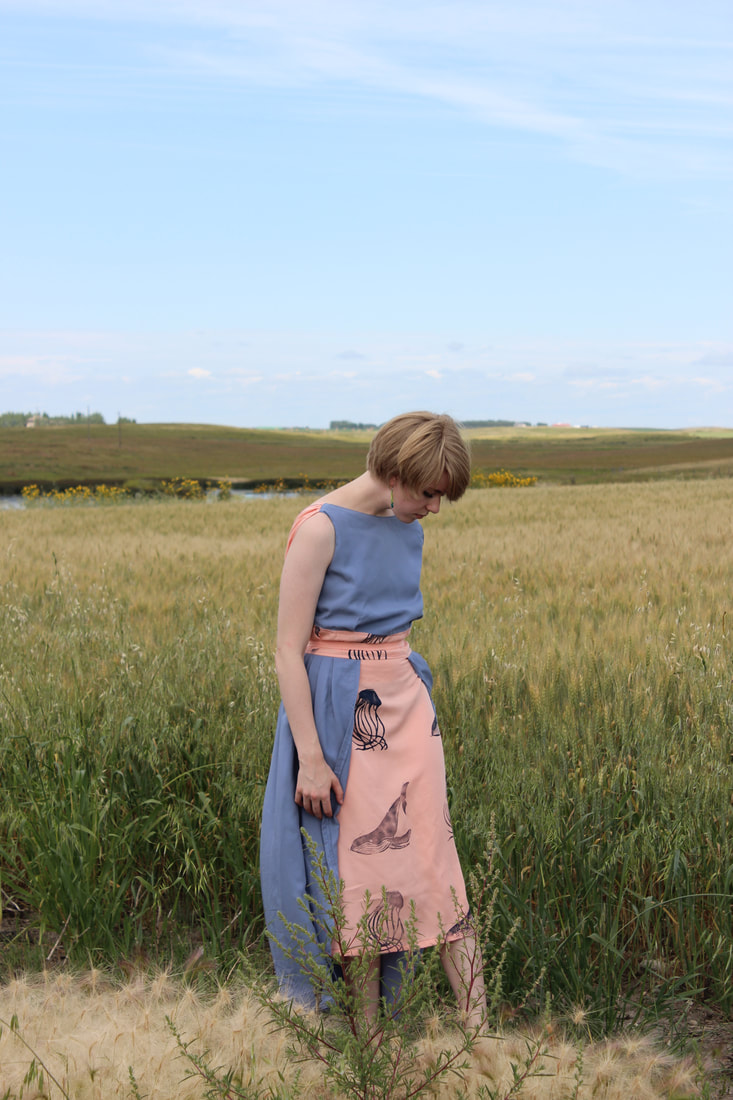
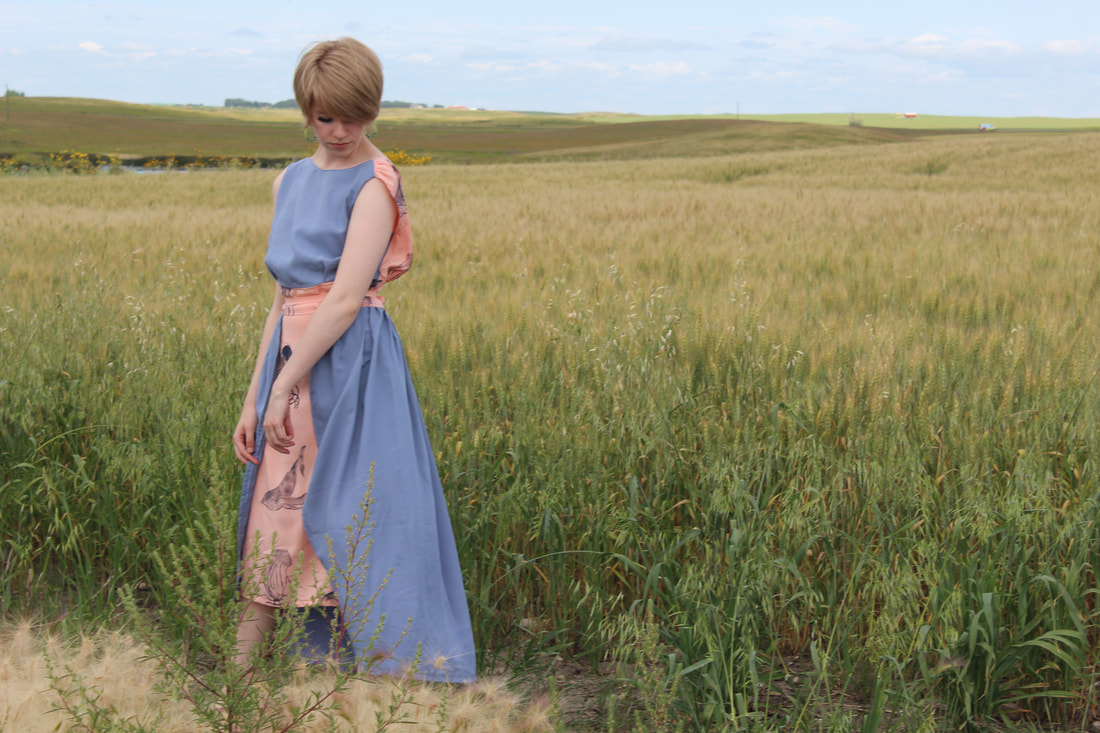
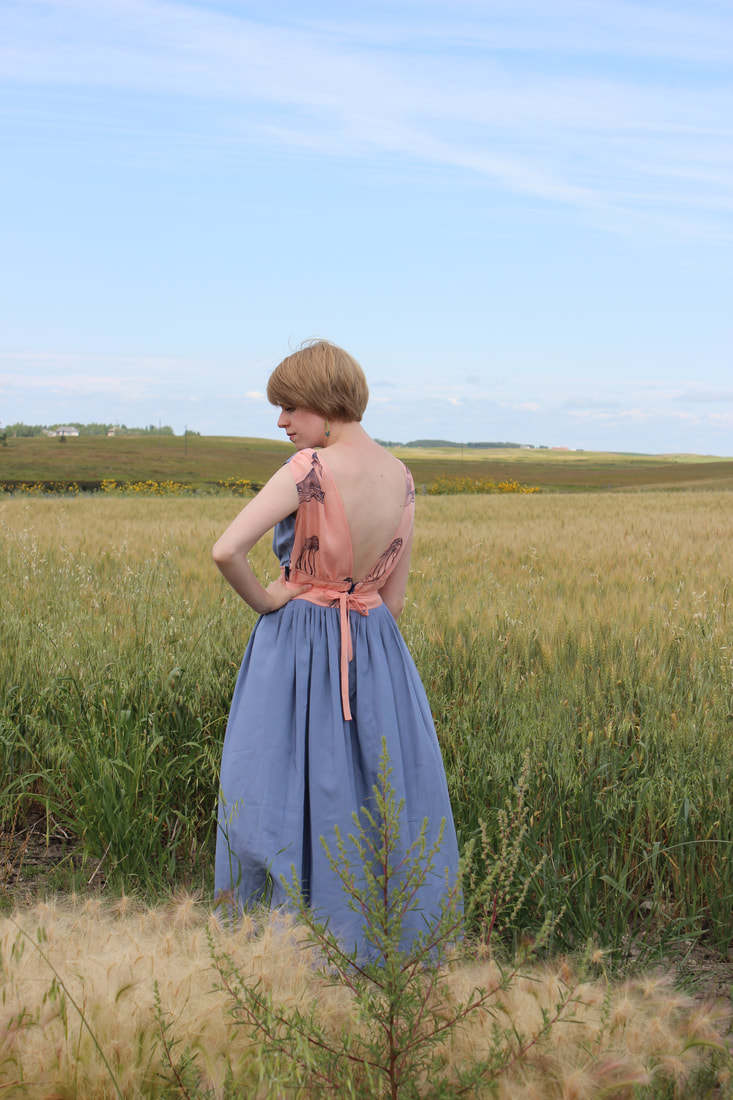
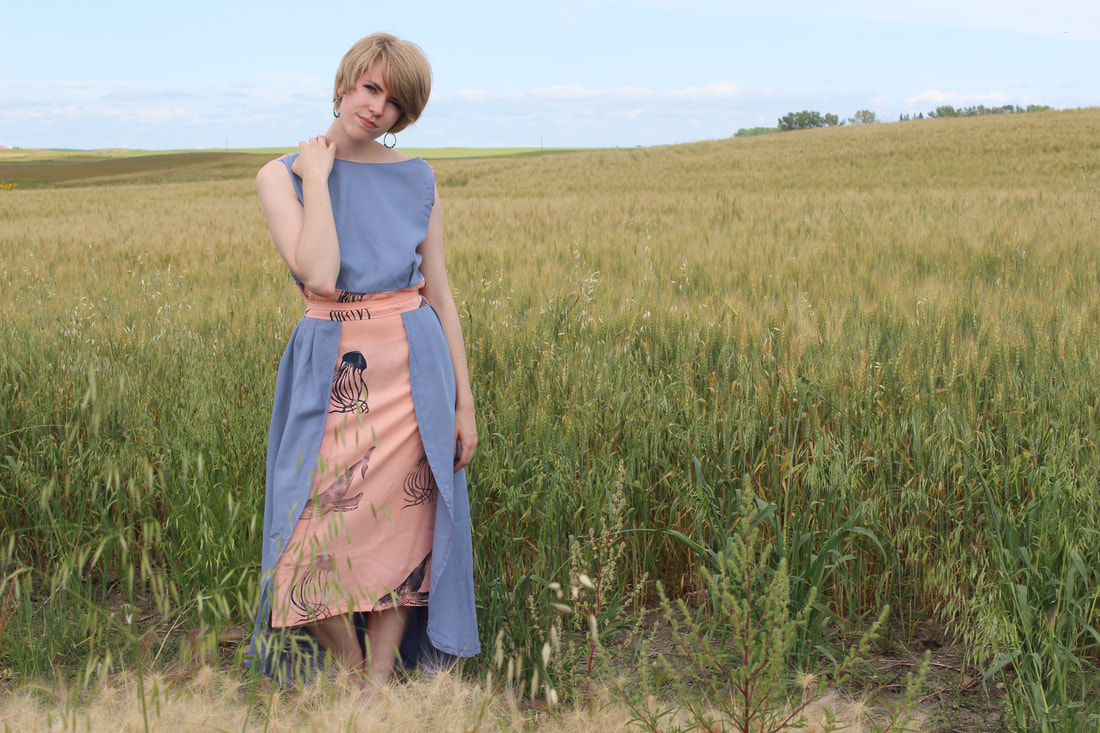
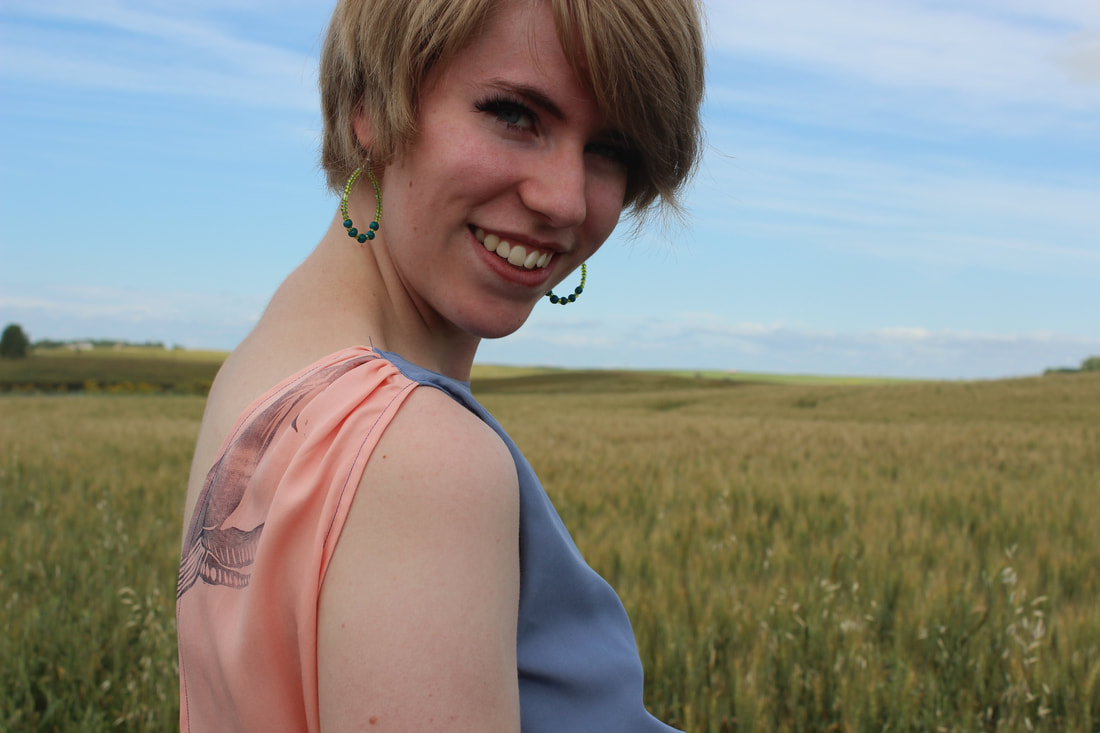
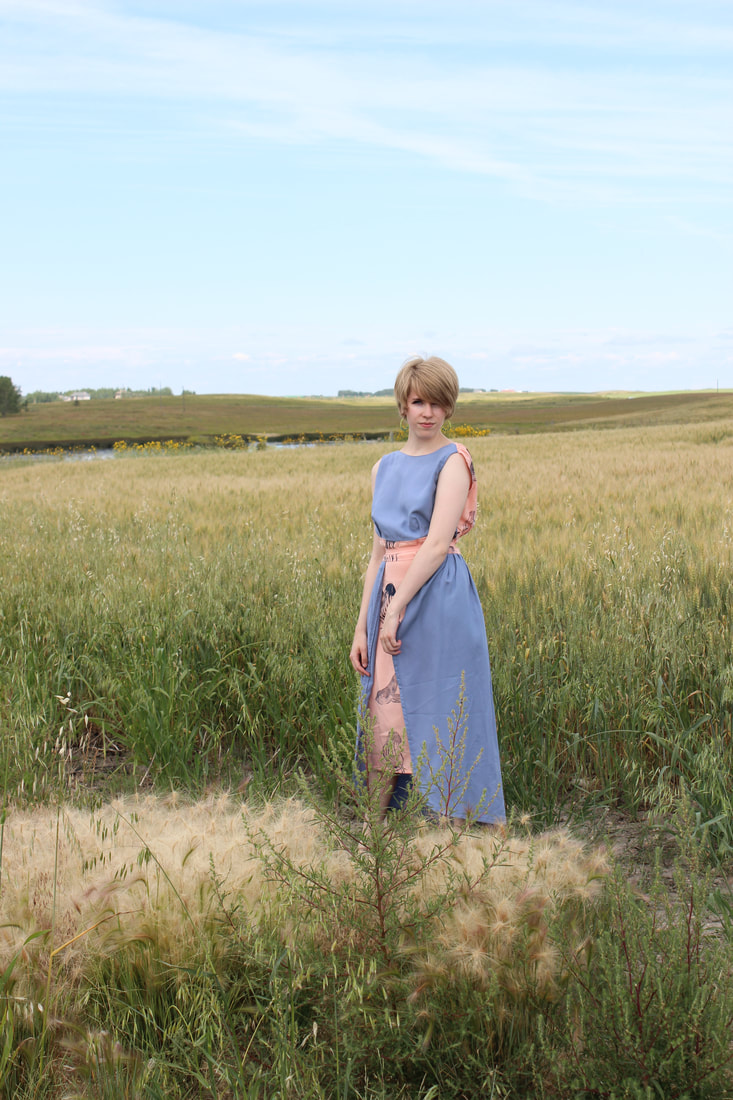
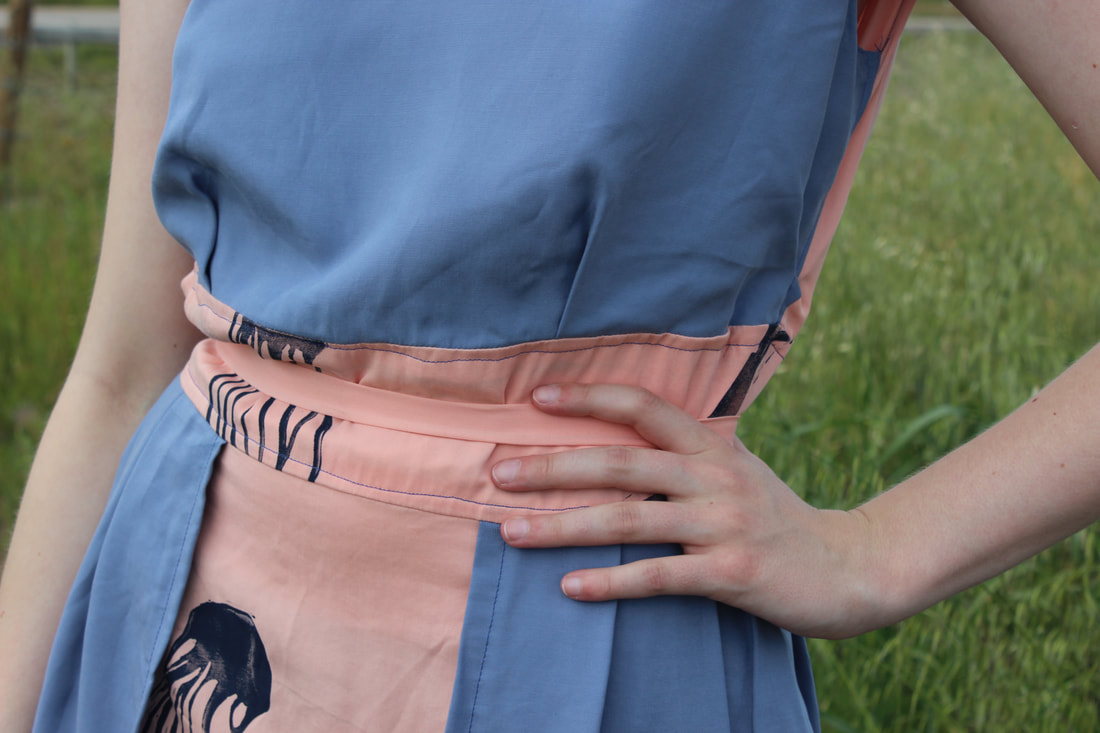
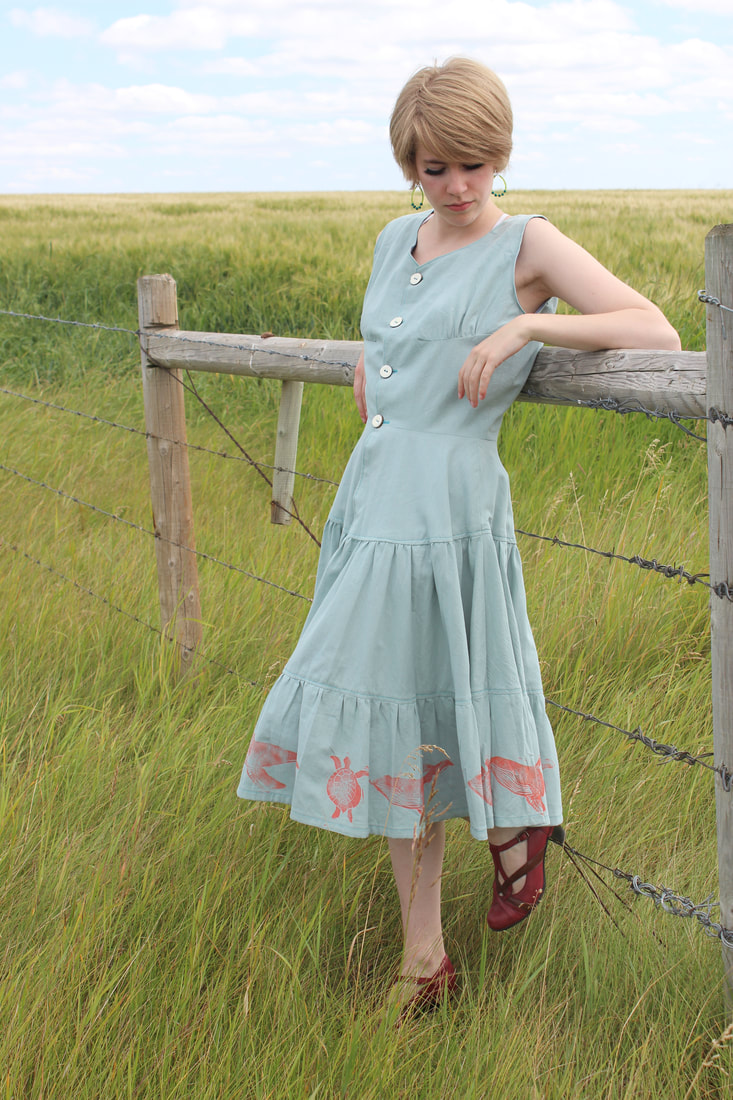
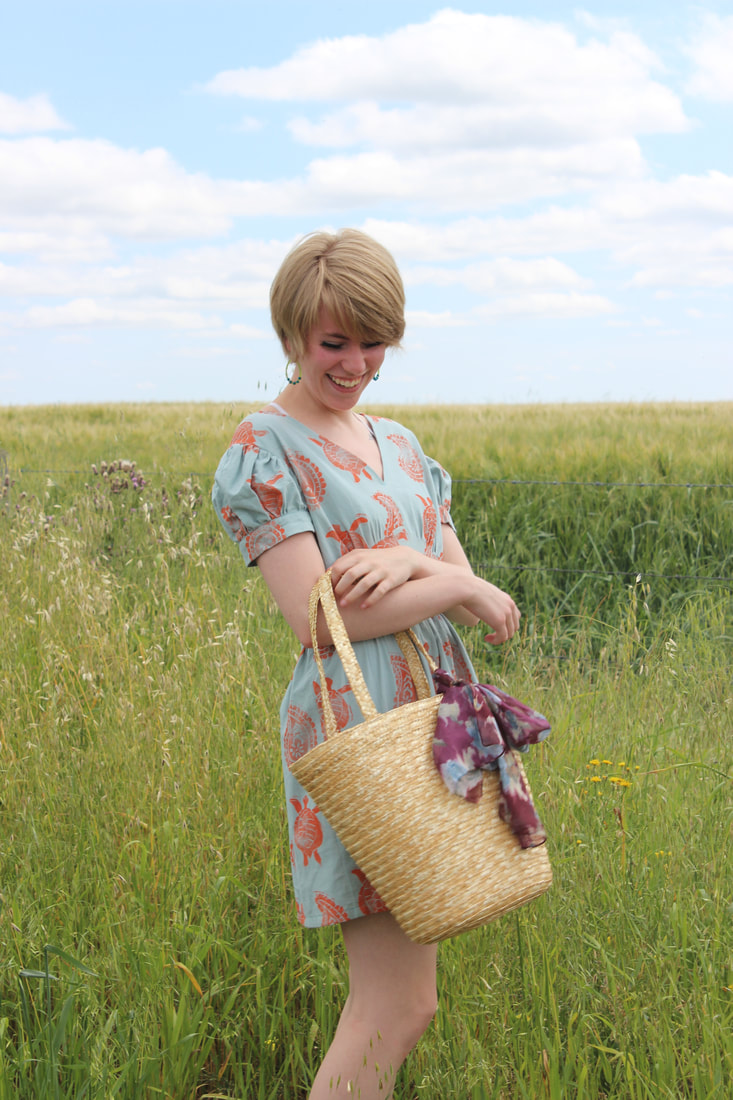
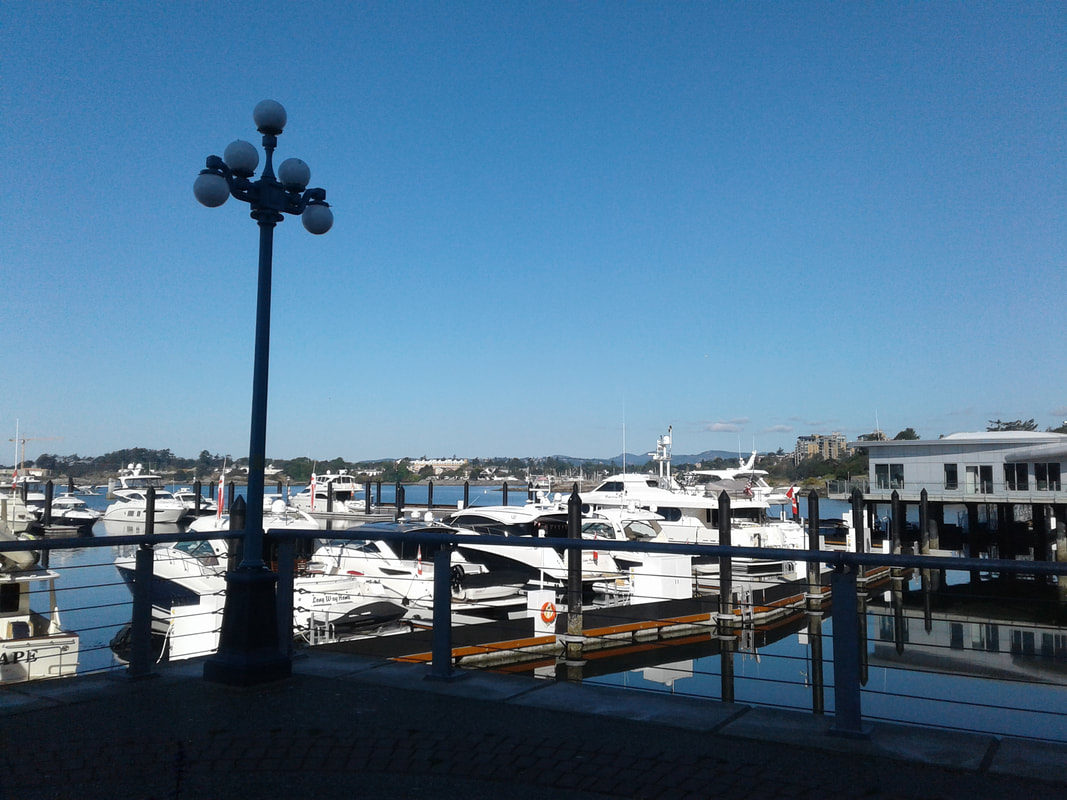
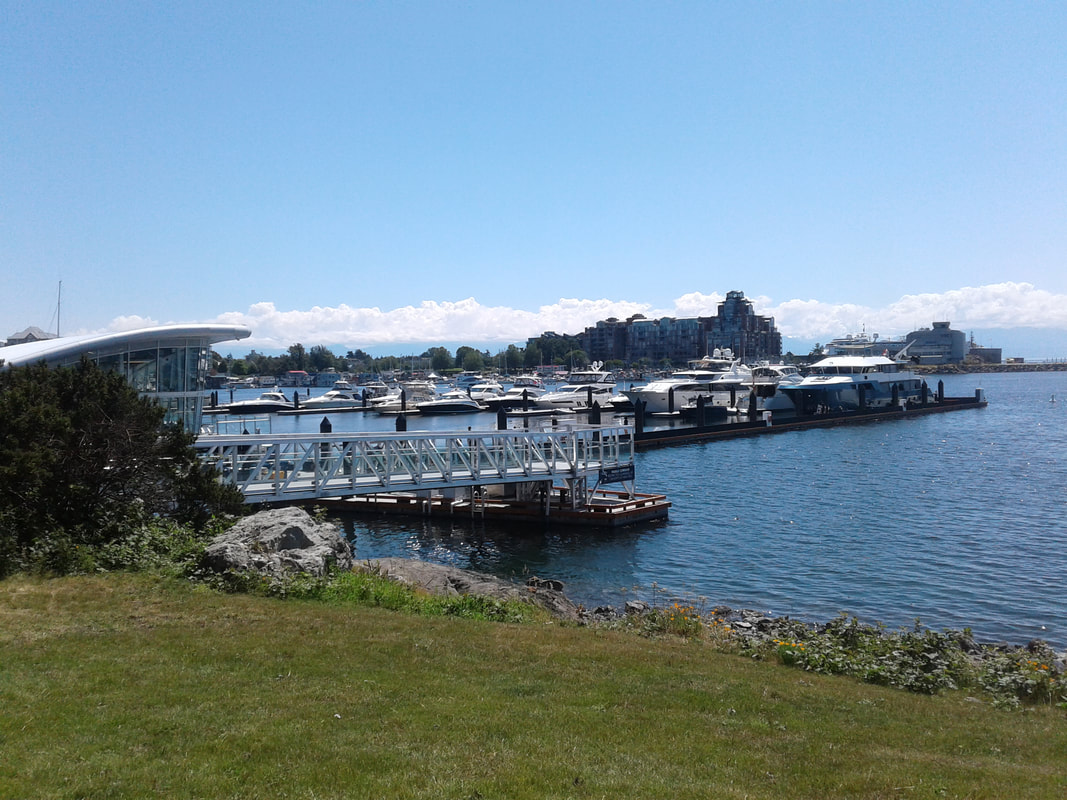
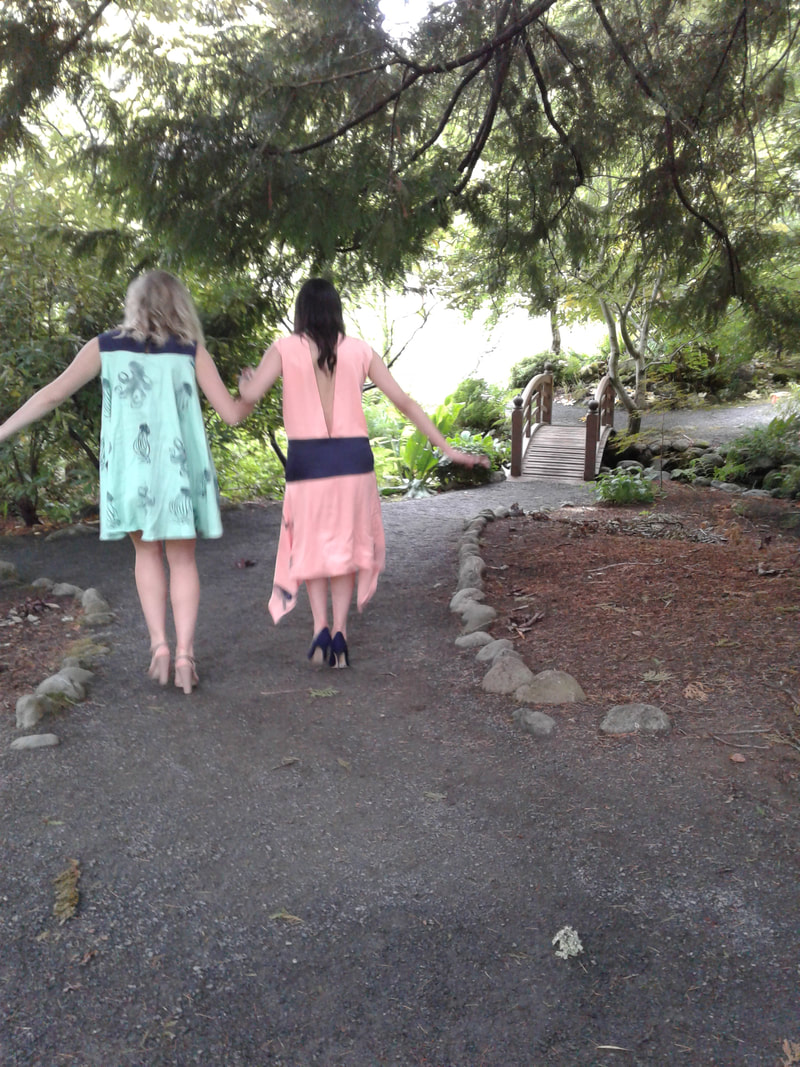
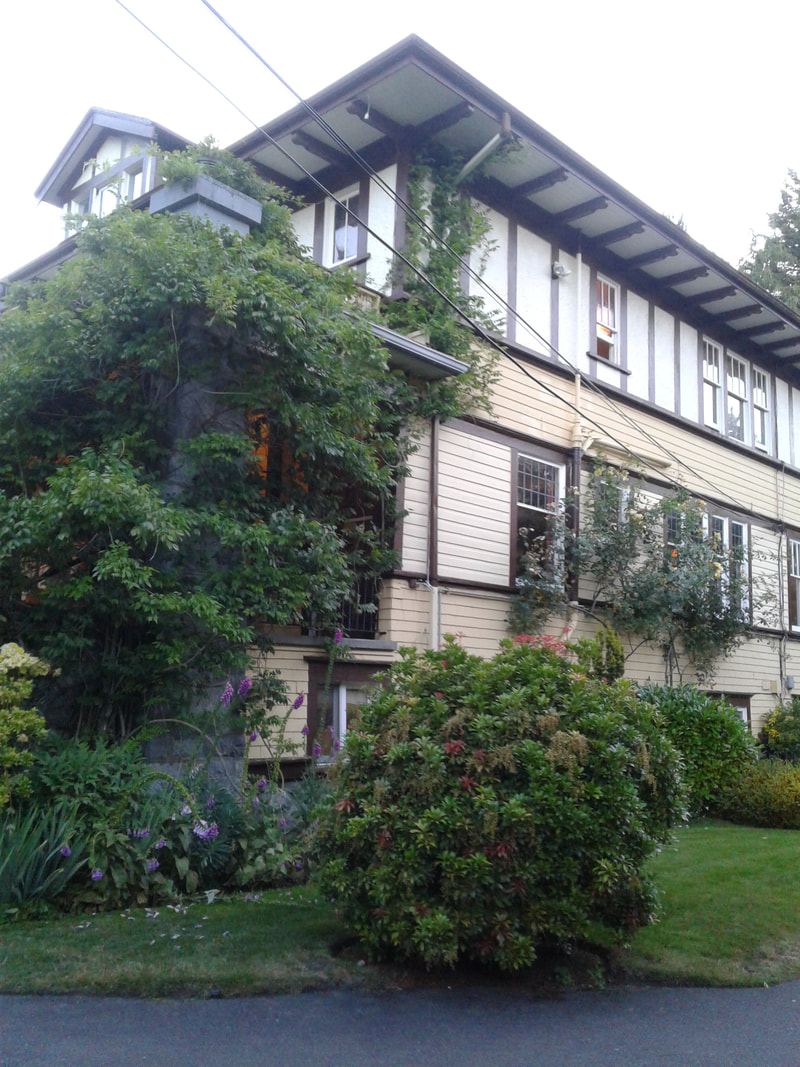
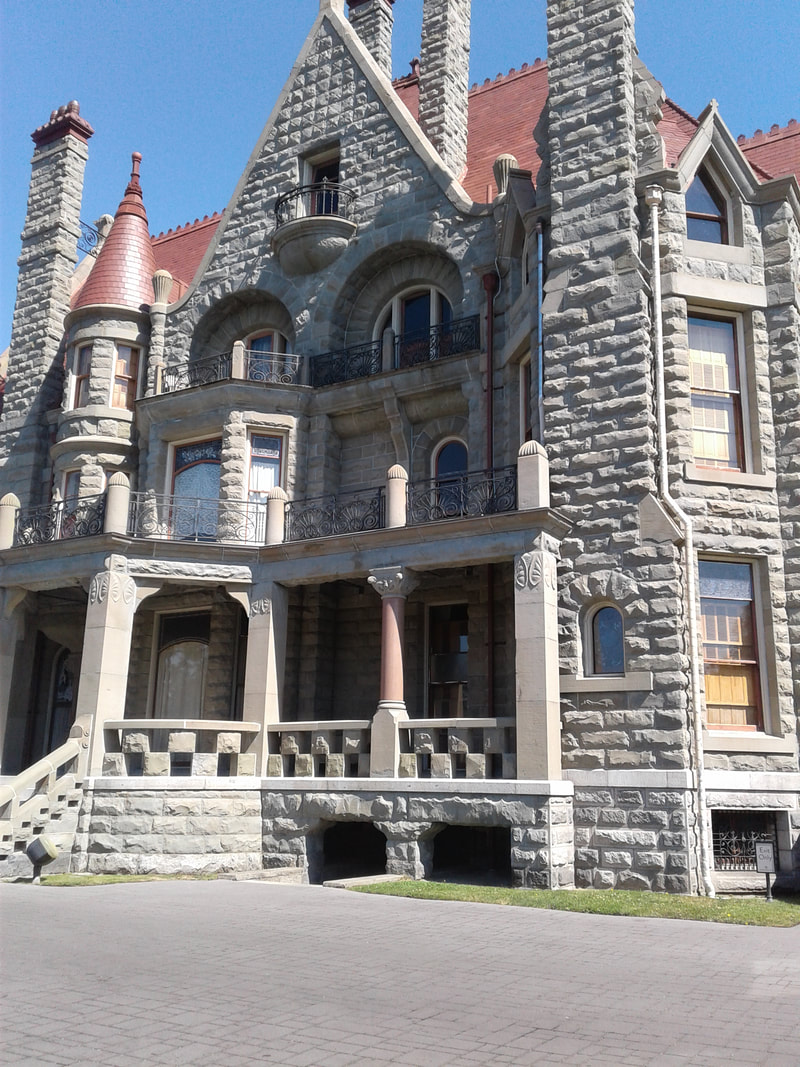
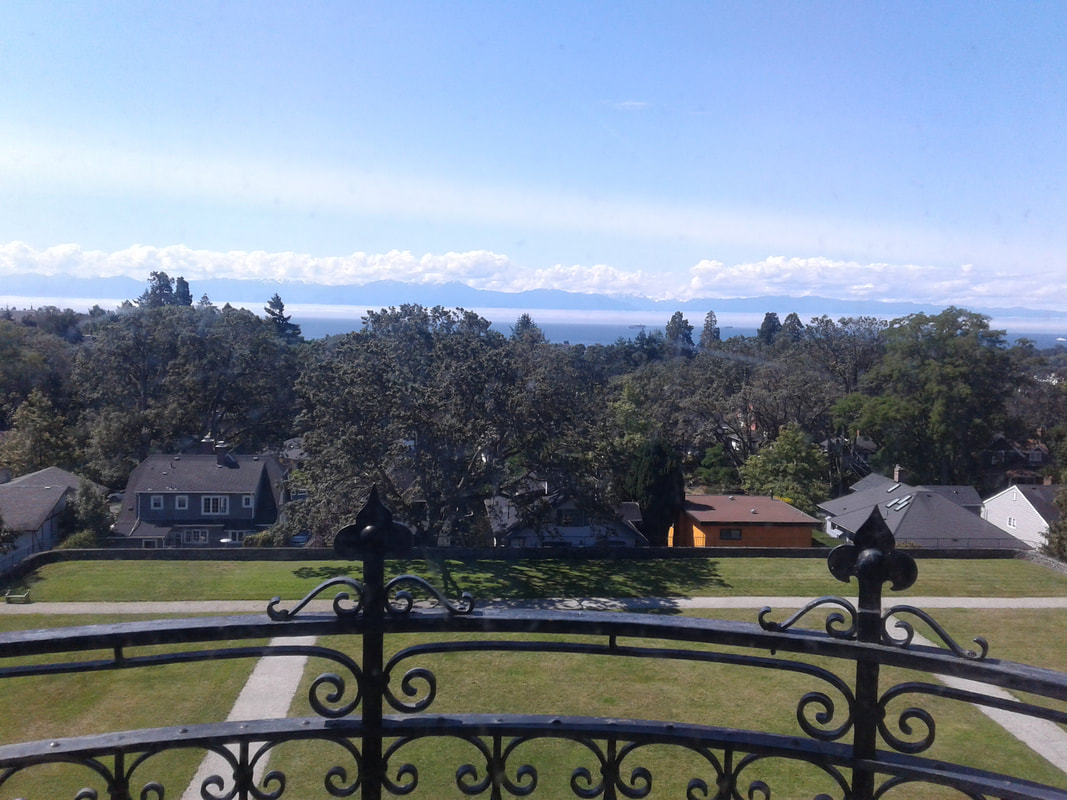
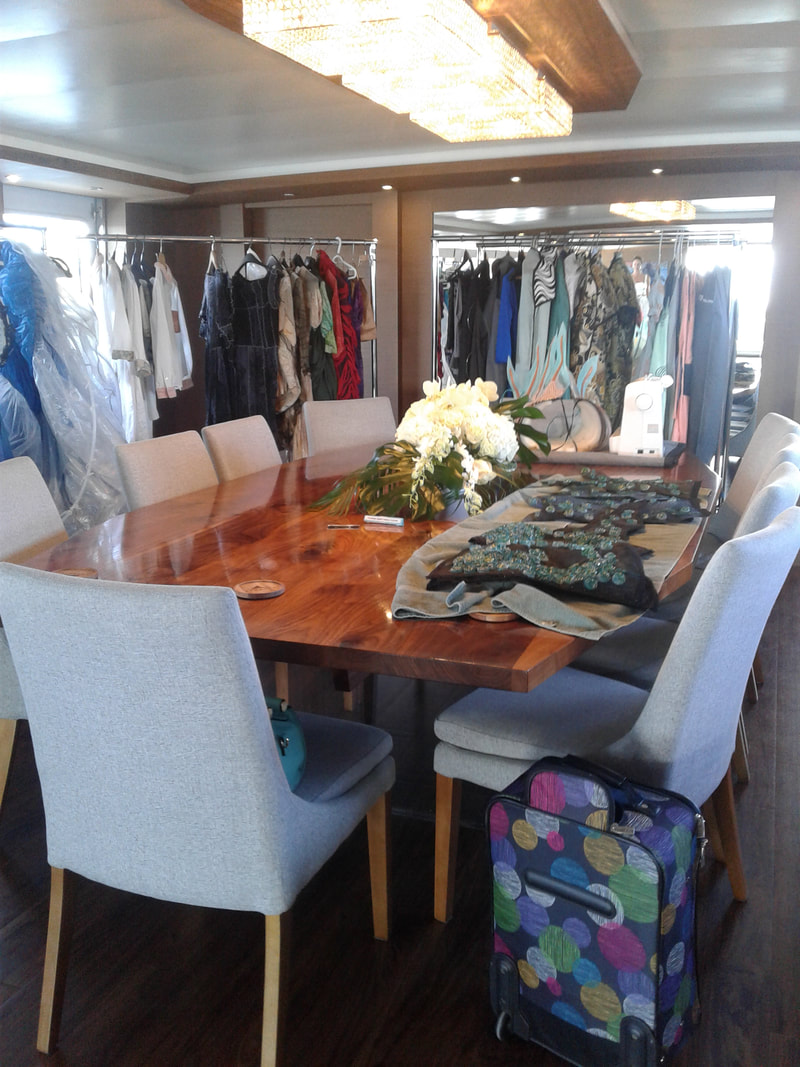
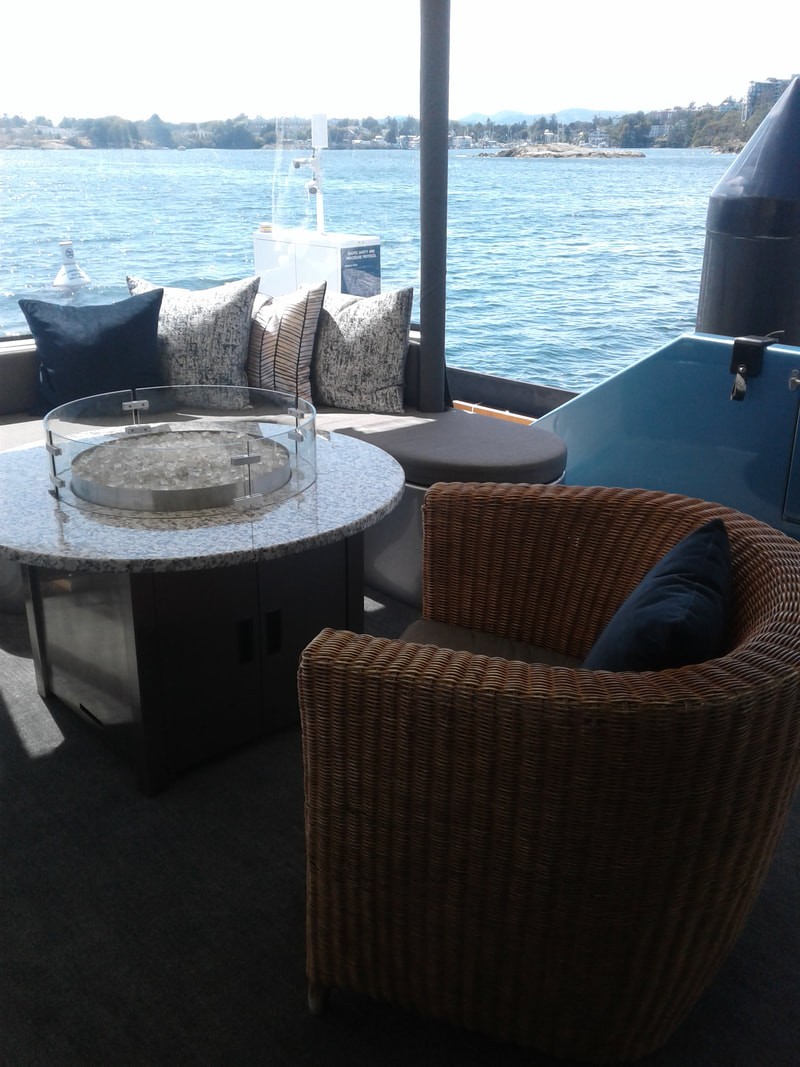
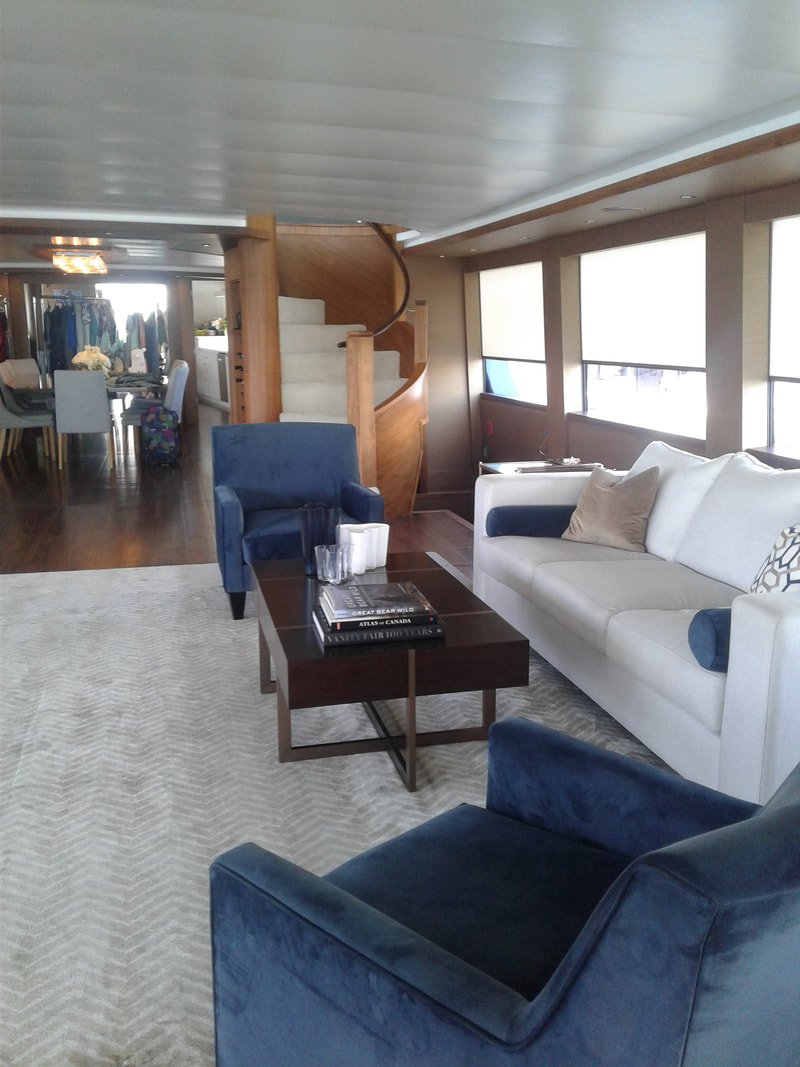
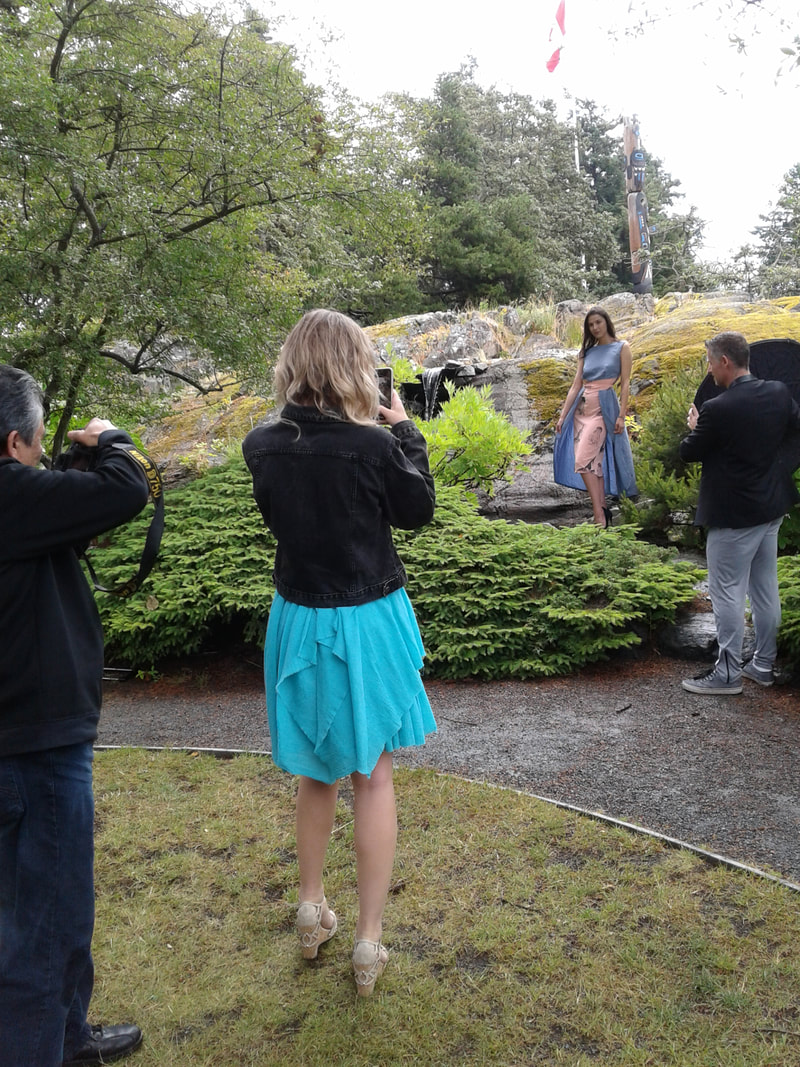
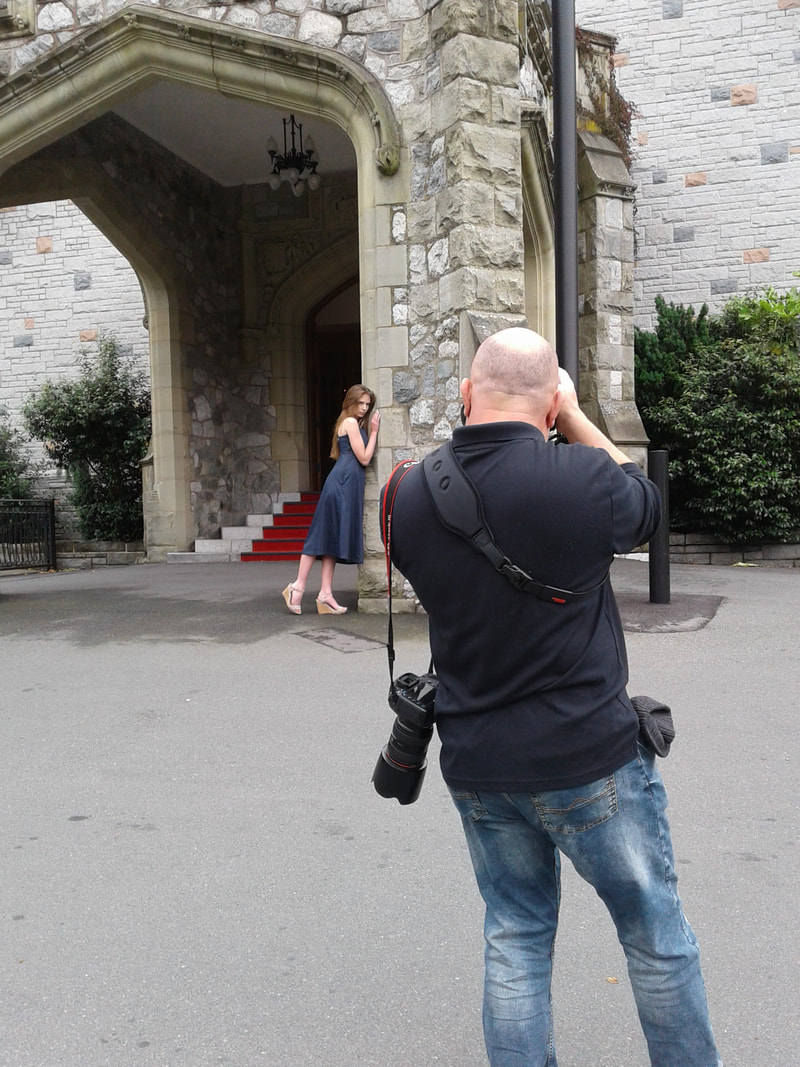
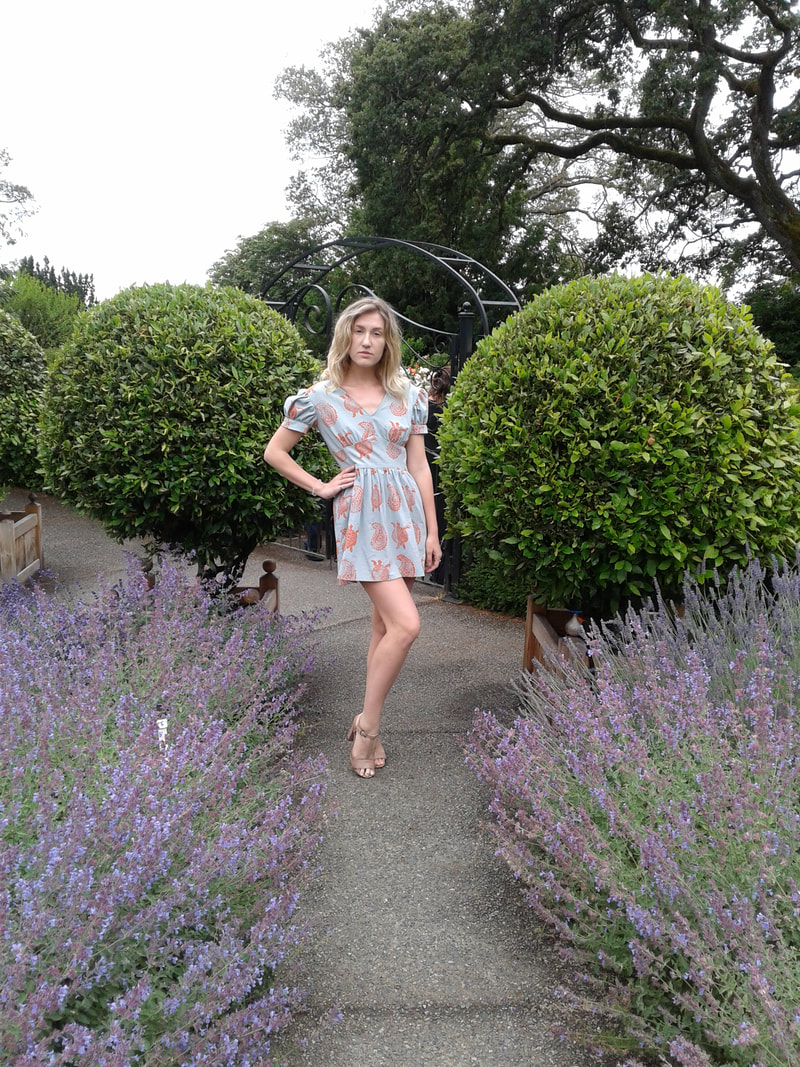
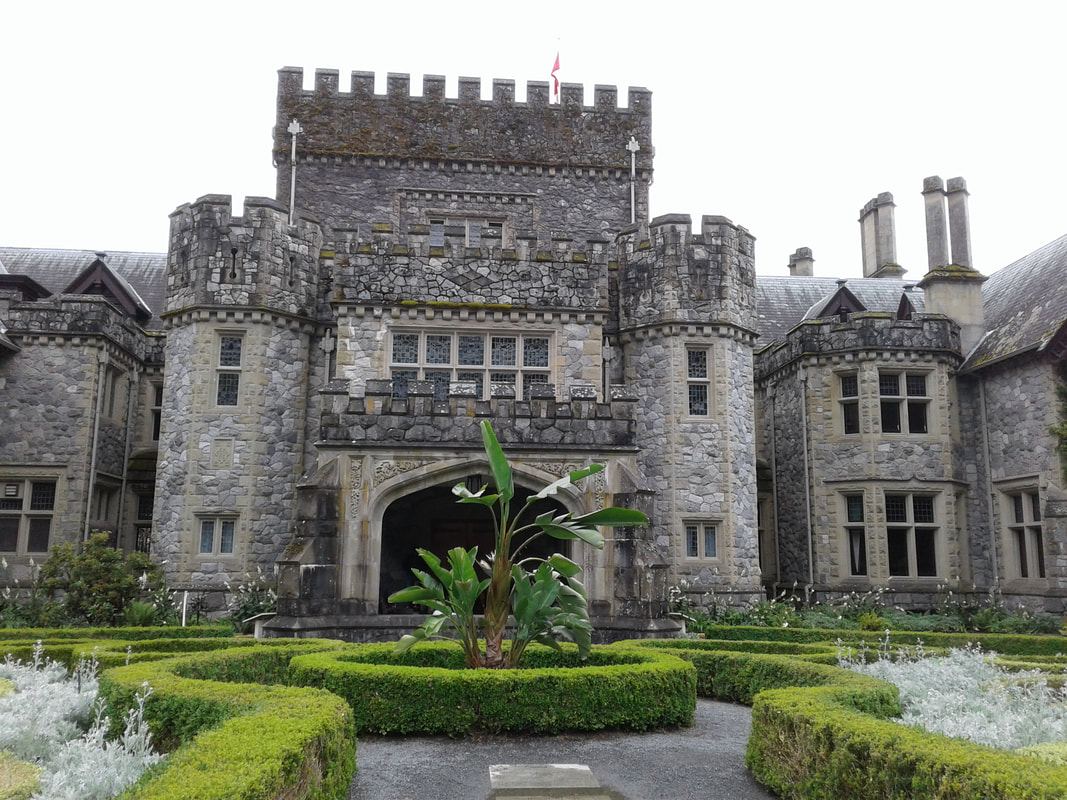
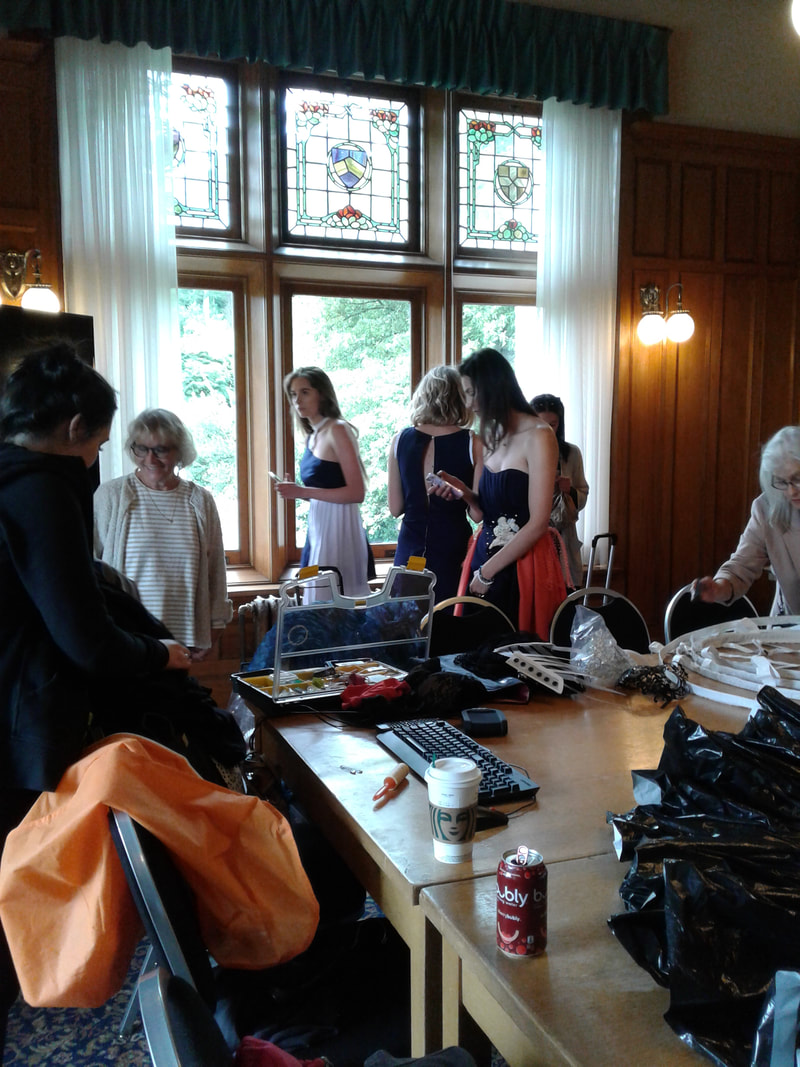
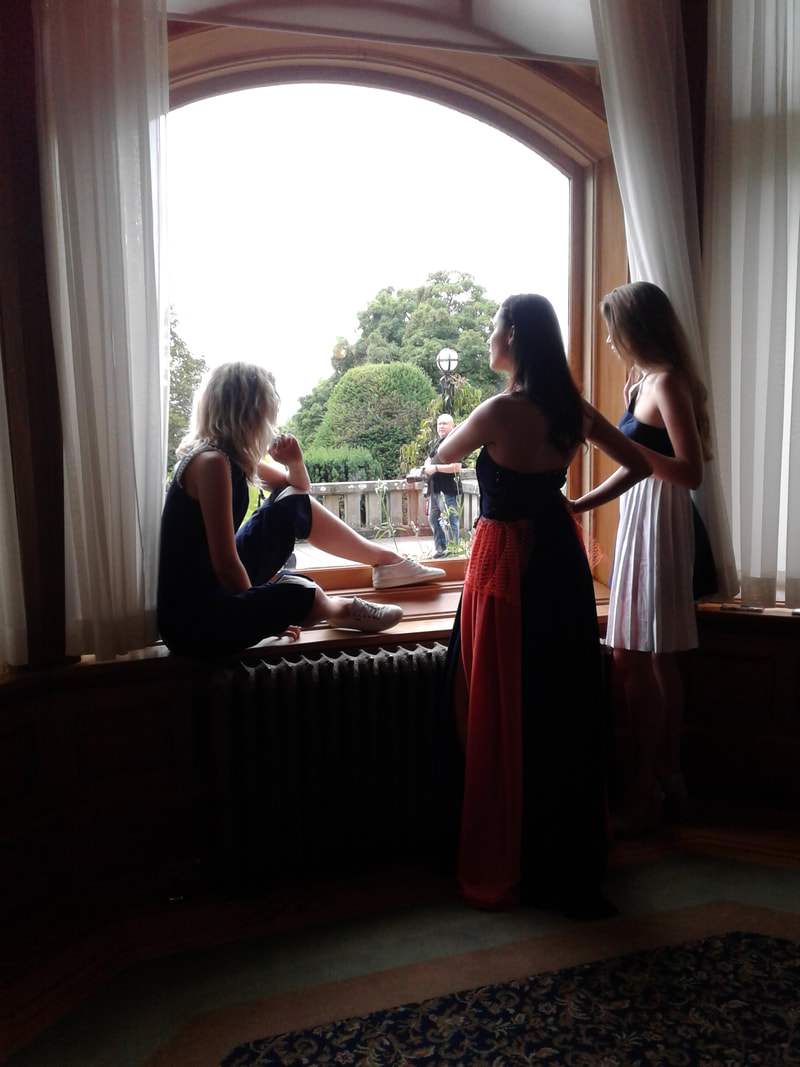
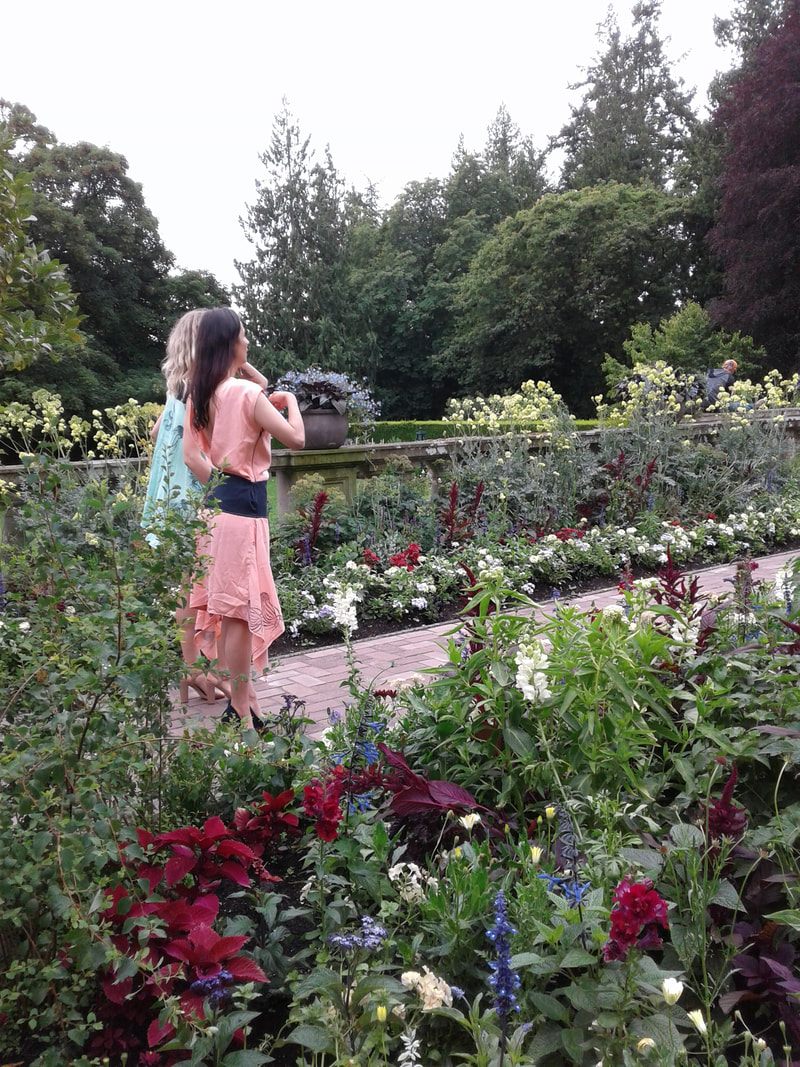
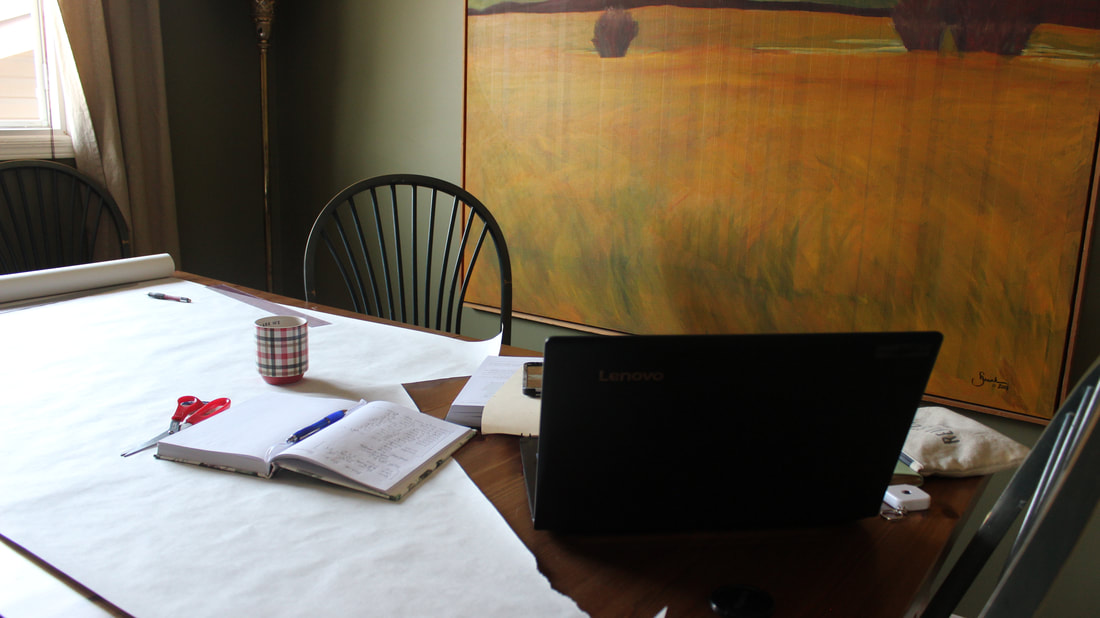
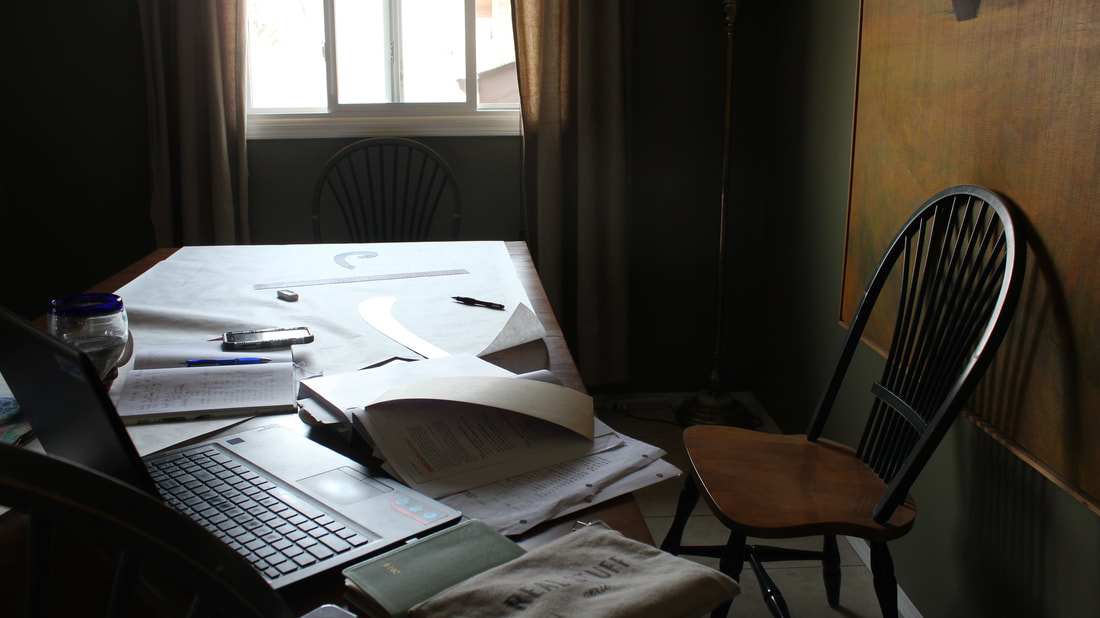

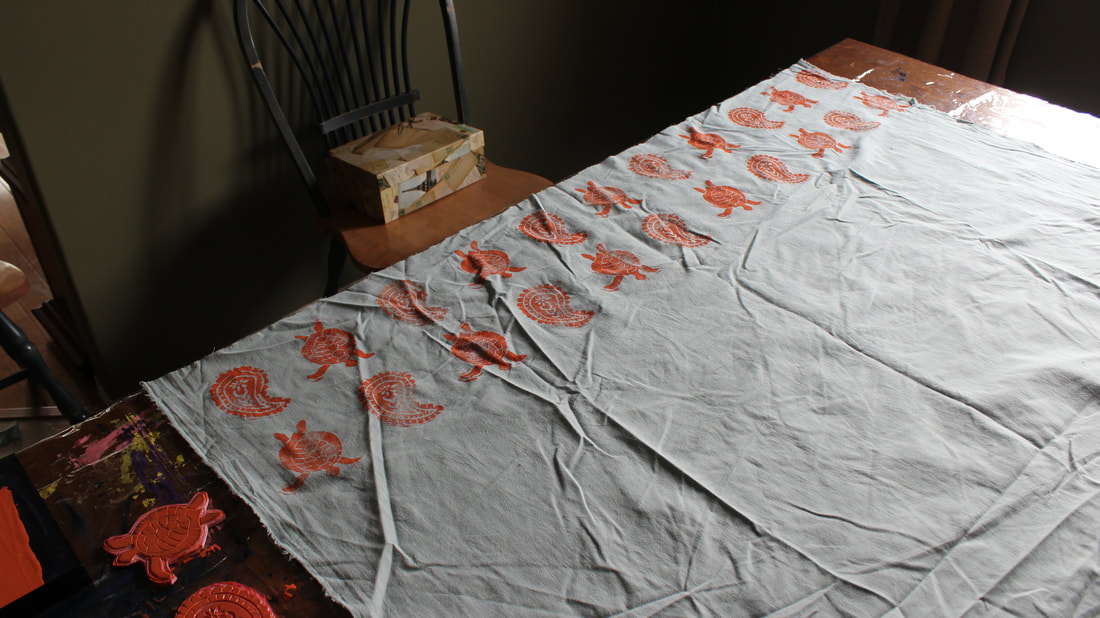
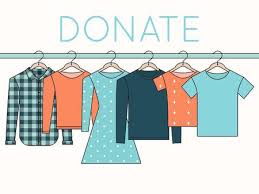
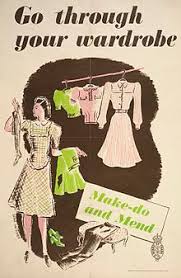
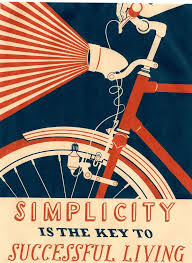

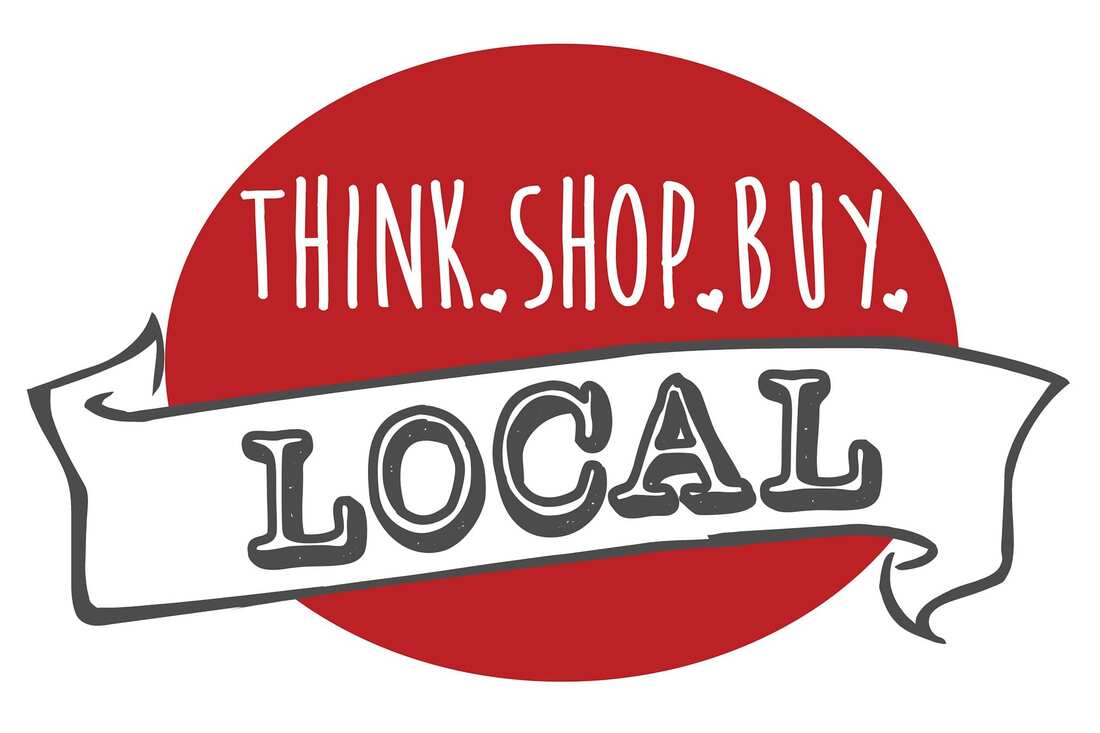
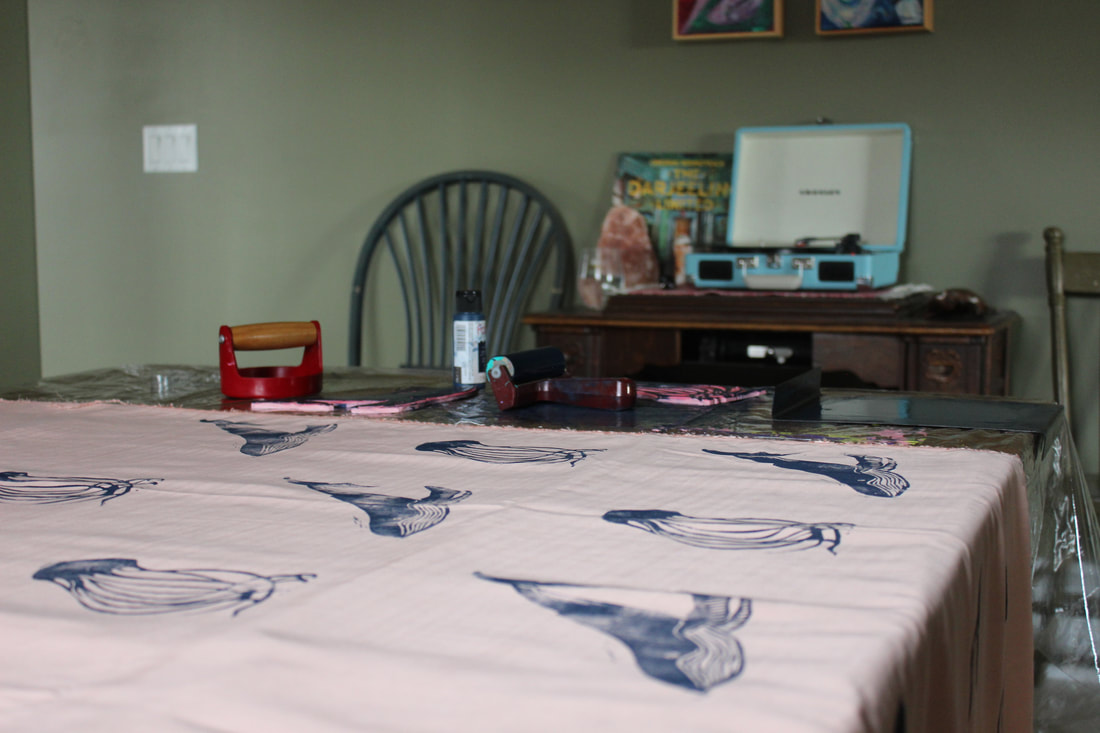
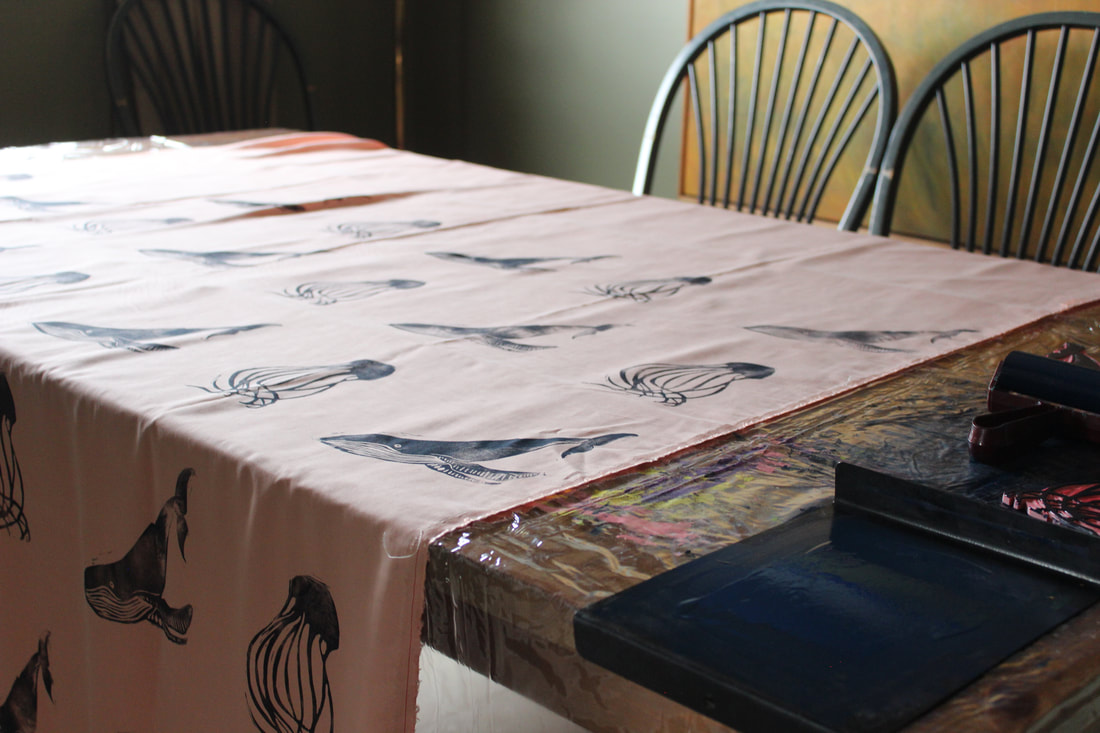
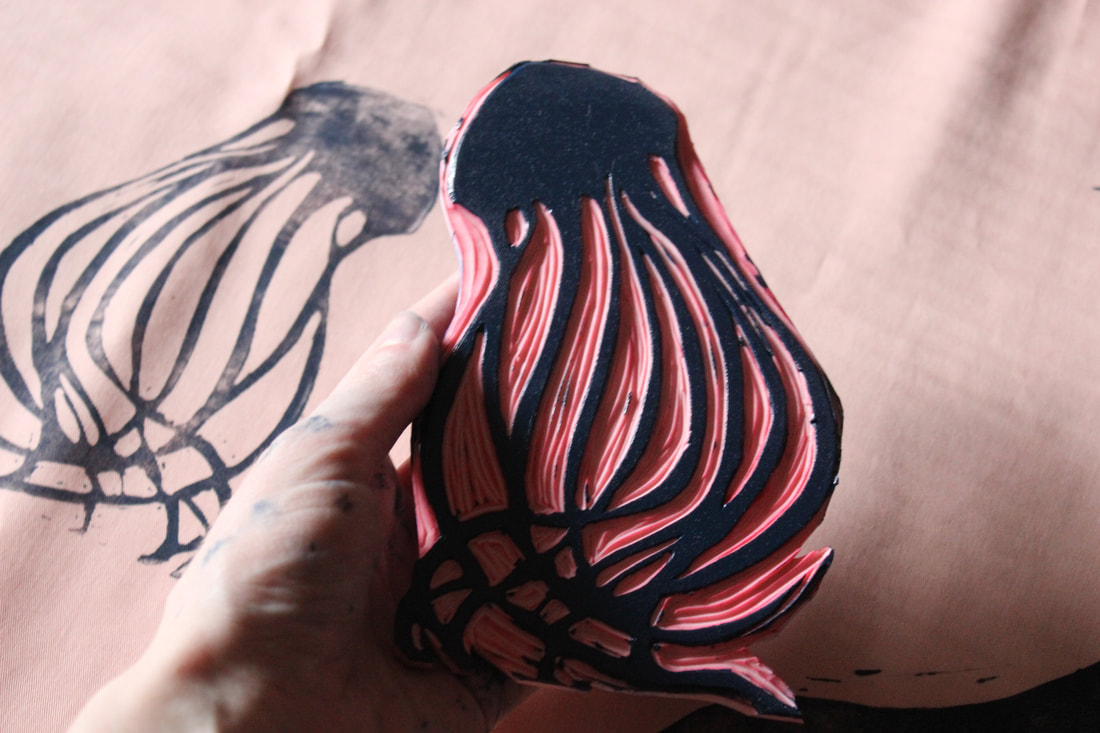
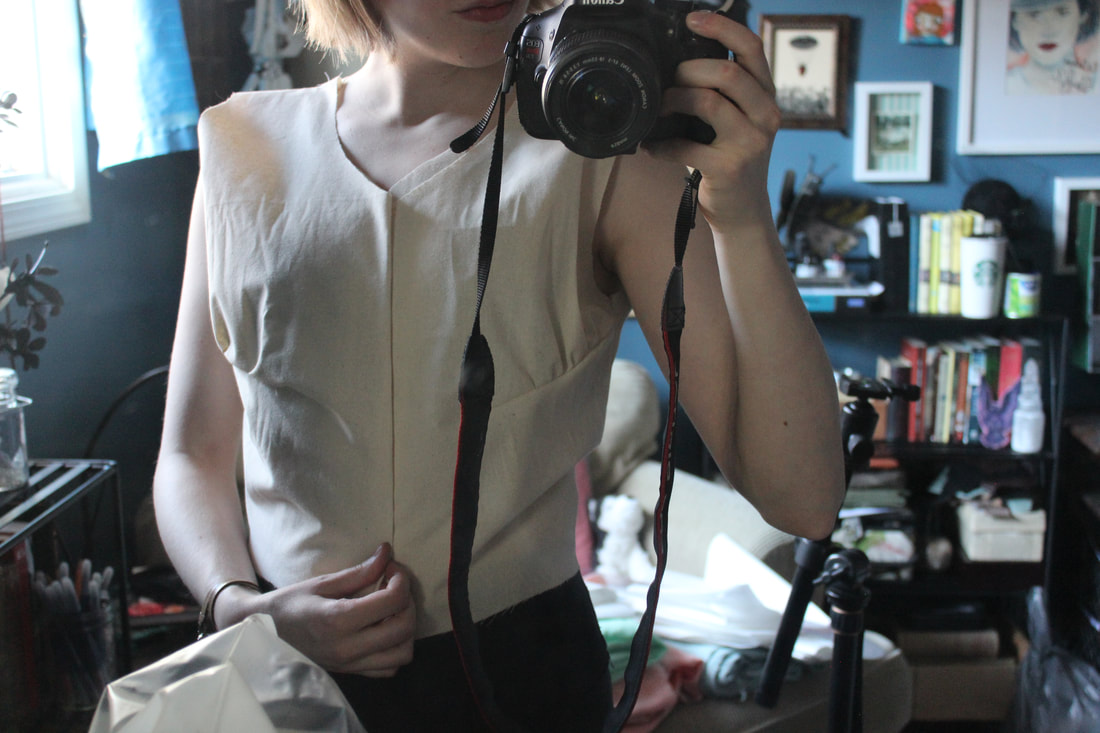
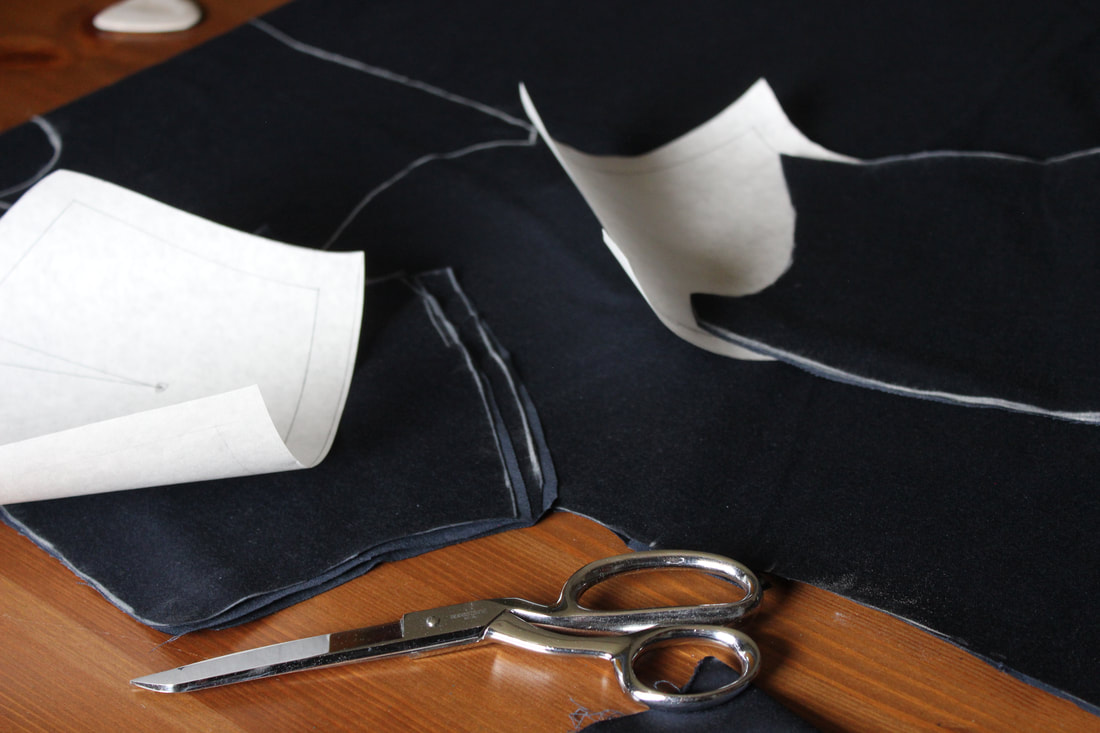
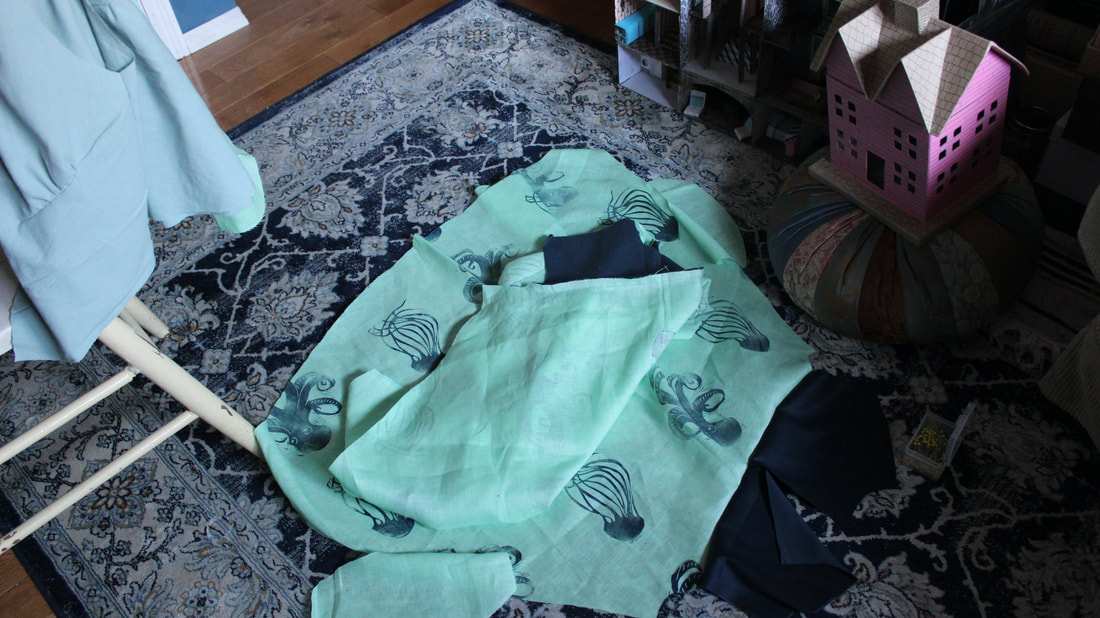
 RSS Feed
RSS Feed
